
The retailer's guide to in-store customer experience

From good to great

Success in today’s rapidly evolving retail landscape is contingent upon delivering exceptional customer experiences. Leveraging next-gen in-store technology is the key to enhancing customer experiences at scale.
By conducting thorough audits of their in-store software systems, retailers can uncover valuable insights and opportunities for improvement.
Throughout this guide, we will present a series of checks to help you navigate a comprehensive self-audit of your in-store software systems. By critically evaluating and optimizing these essential areas, you will be well-equipped to transform your retail operations into a customer-centric powerhouse.
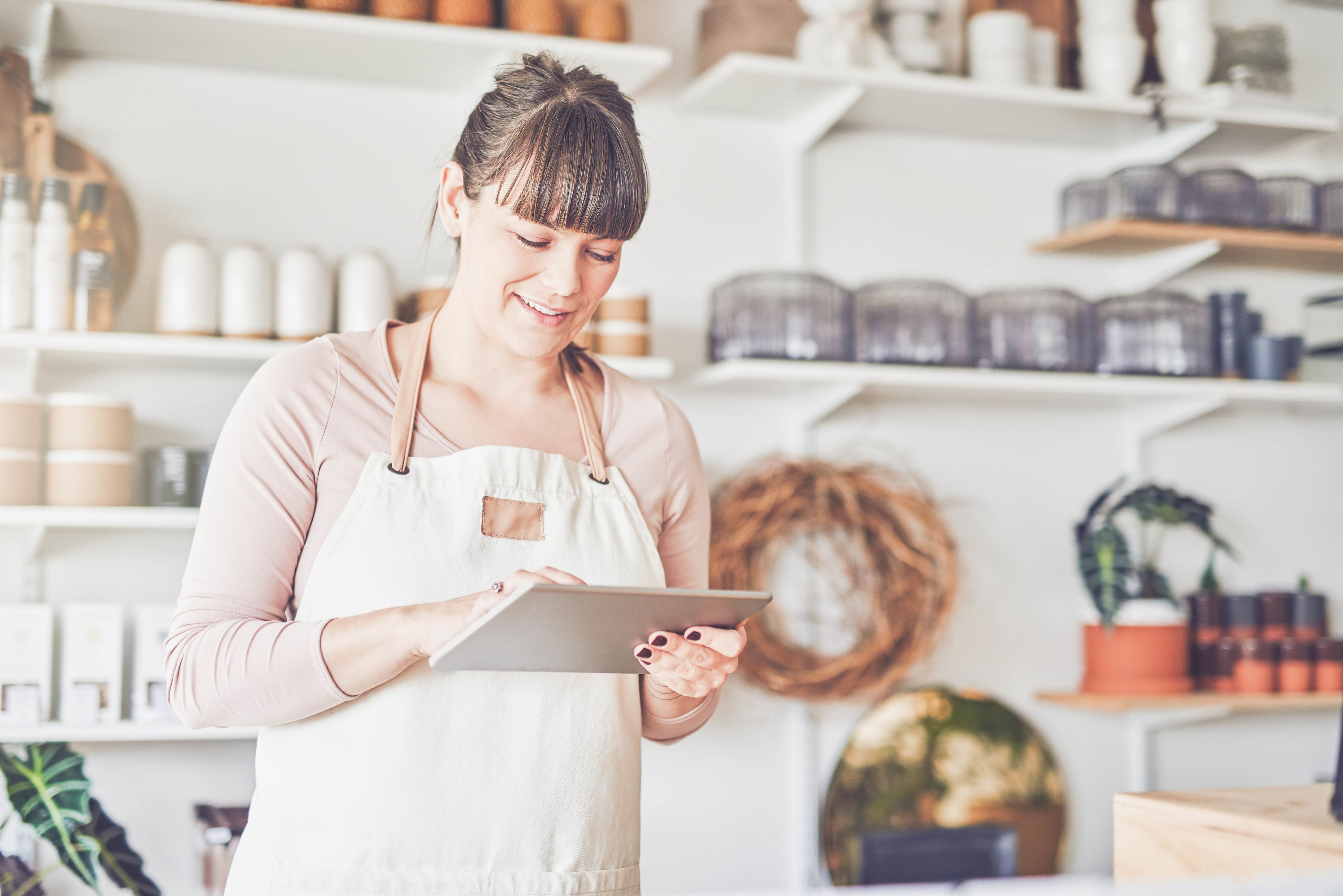

What to expect

The content of this guide is structured around six key sections, each focusing on a critical area that significantly impacts the customer journey.
Remember, reviewing your in-store experience and existing systems is an ongoing process that demands continuous evaluation and adaptation. Let this guide serve as your go-to resource as you embark on the journey of optimizing your software systems.
- Personalized customer experience
Tailored experiences are crucial for building lasting customer relationships. Your clienteling technology should effectively support associates in delivering these personalized experiences to customers. - Checkout and transaction experience
Your checkout software should be designed to identify and address pain points, prioritize the customer's needs, and optimize overall efficiency during checkout. - In-store branding and aesthetics
In-store technology should not only enhance store ambiance but also seamlessly integrate with your brand's look and feel. It should provide captivating product showcases that contribute to memorable shopping experiences. - Personalized customer communications
It is crucial to have systems that seamlessly integrate customer data and ensure it’s accessible to the right people whenever they need it. This enables you to provide customers with a cohesive and personalized brand experience, even outside the store. - Omnichannel fulfillment
With the prominence of e-commerce, optimizing your fulfillment processes is vital. Your store fulfillment systems should adapt to meet evolving customer expectations and empower associates to fulfill new demands efficiently. - Real-time data and insights
Informed decision-making hinges on accurate and timely data. Your software and reporting systems should enable you to harness actionable insights to help you shape effective business strategies.
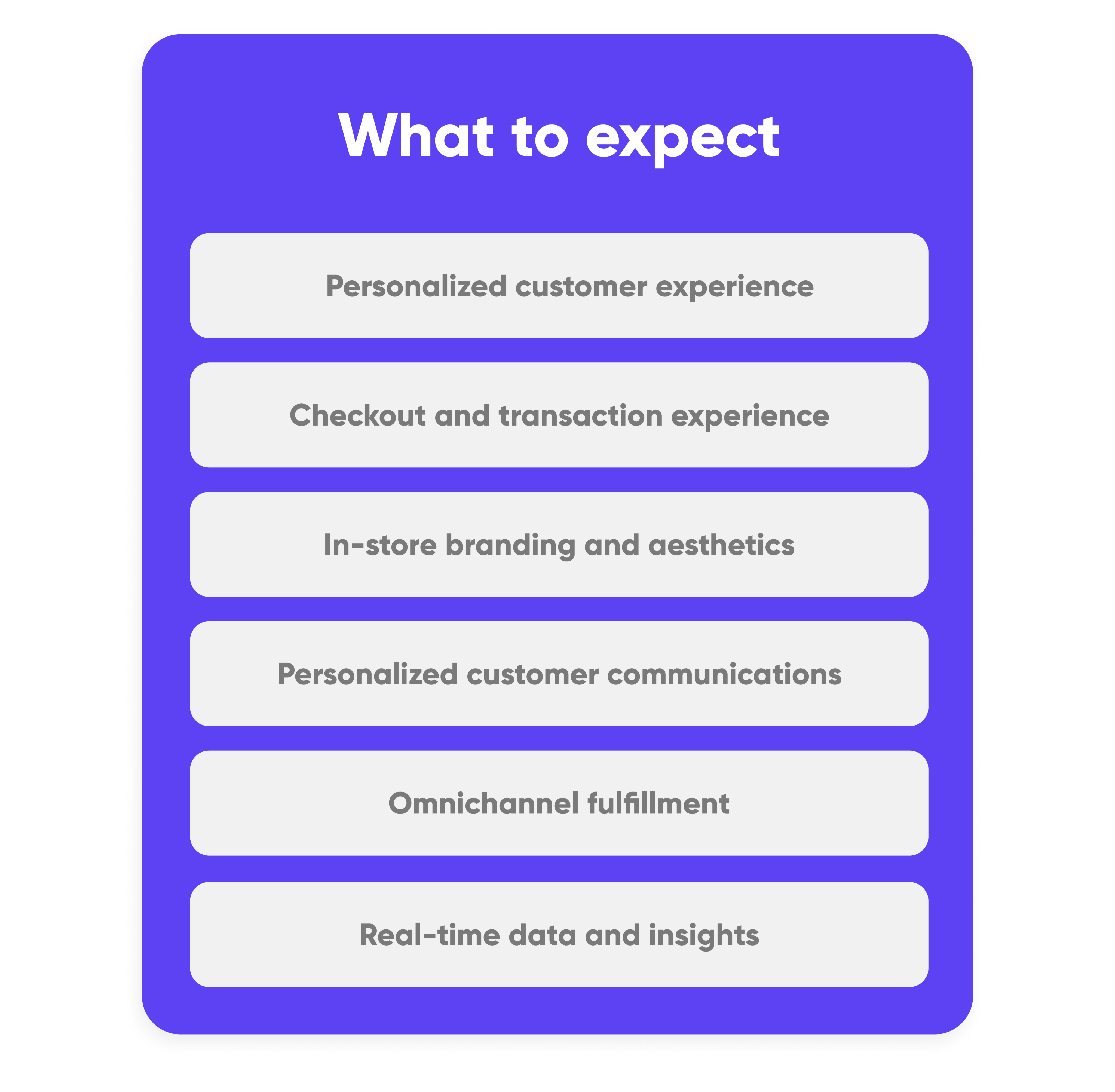
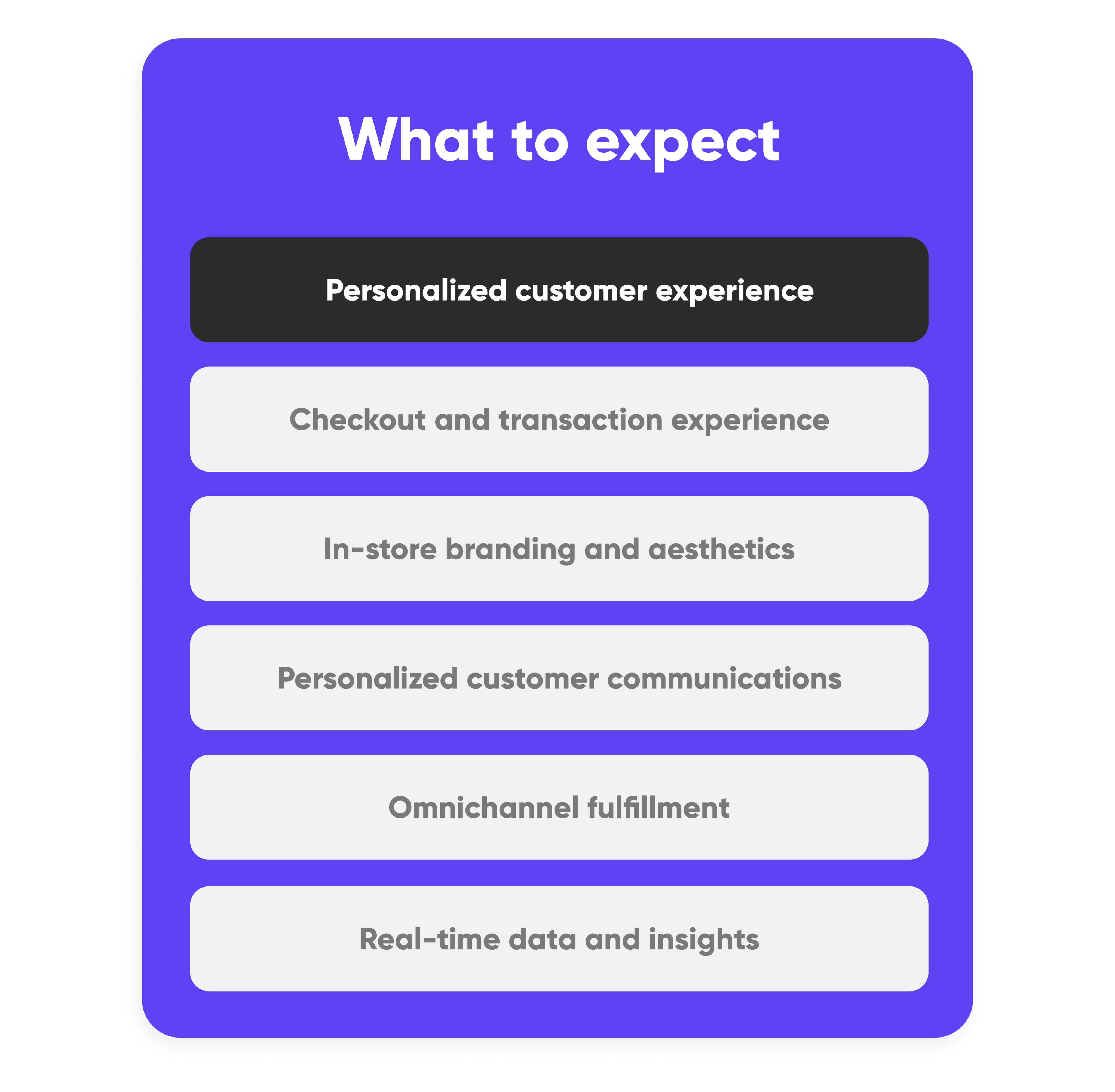
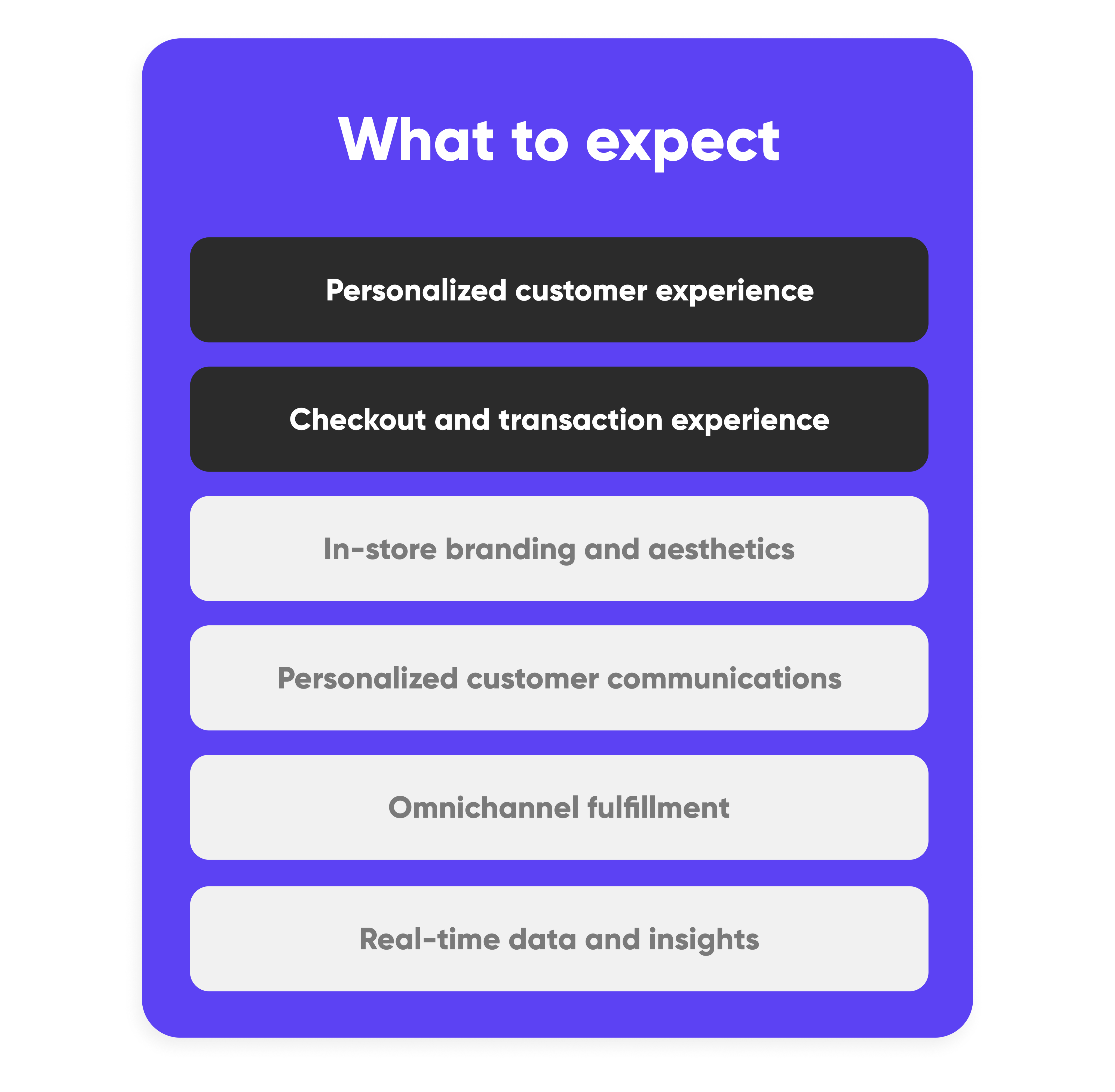
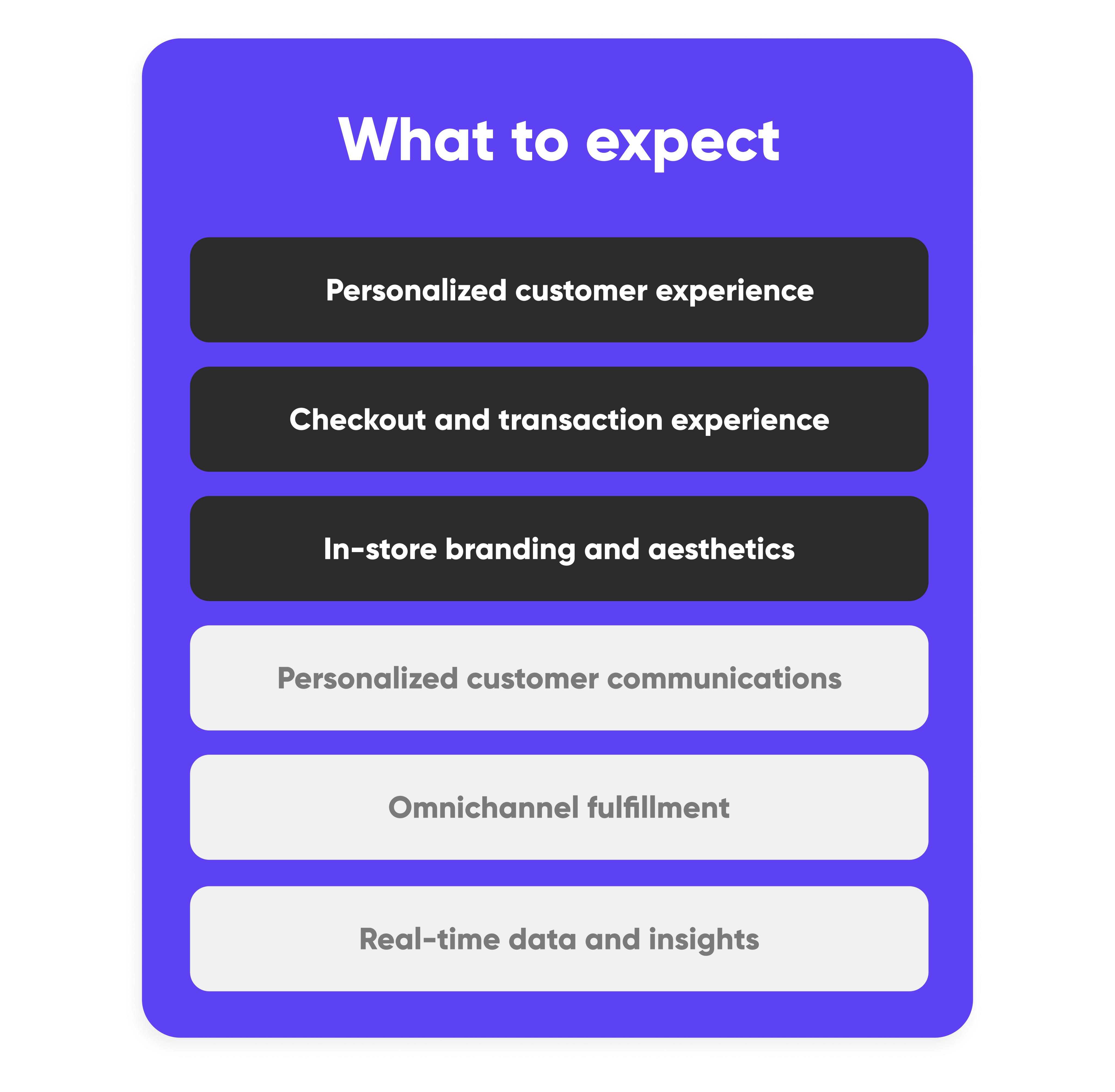
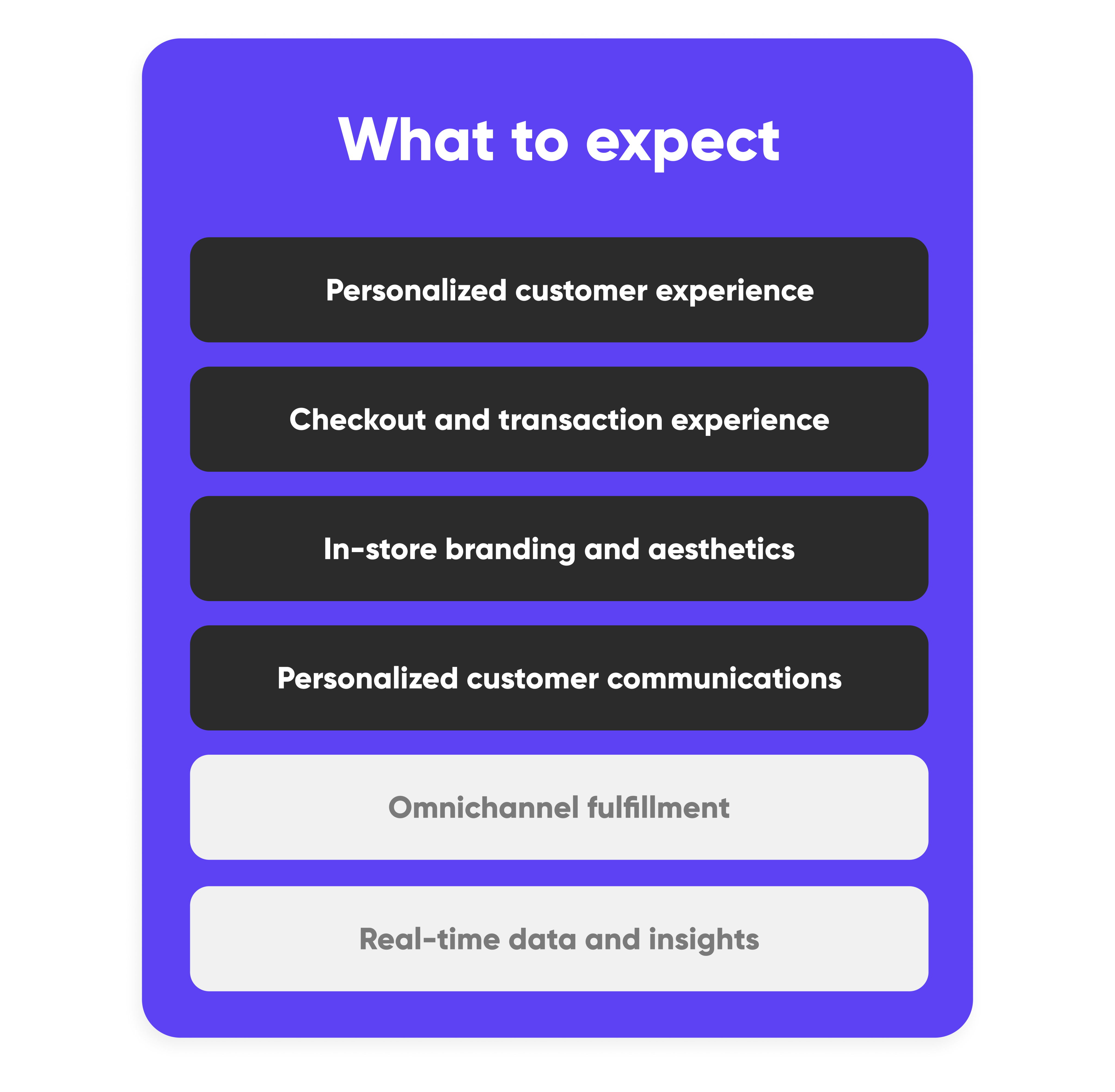
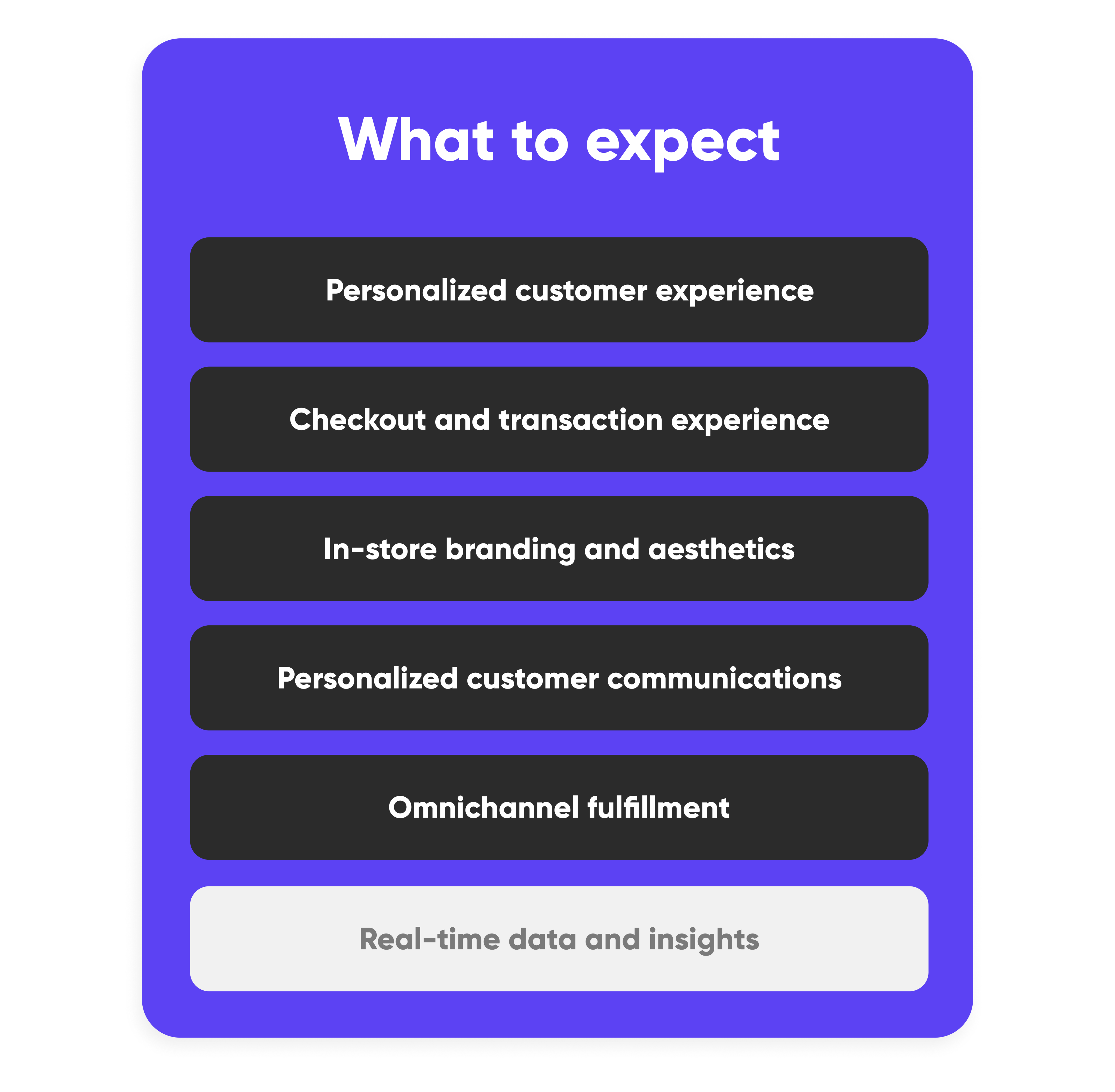
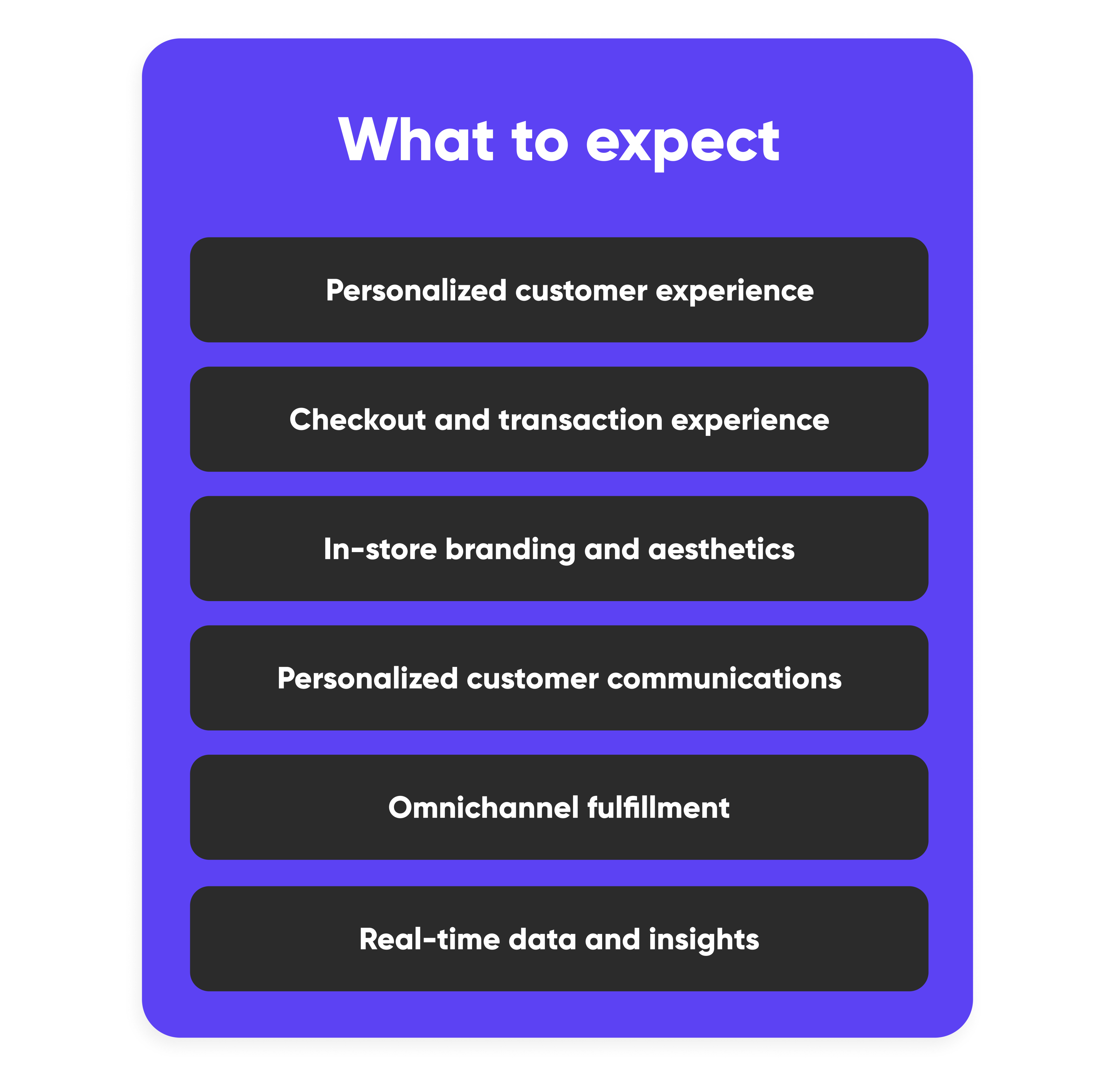
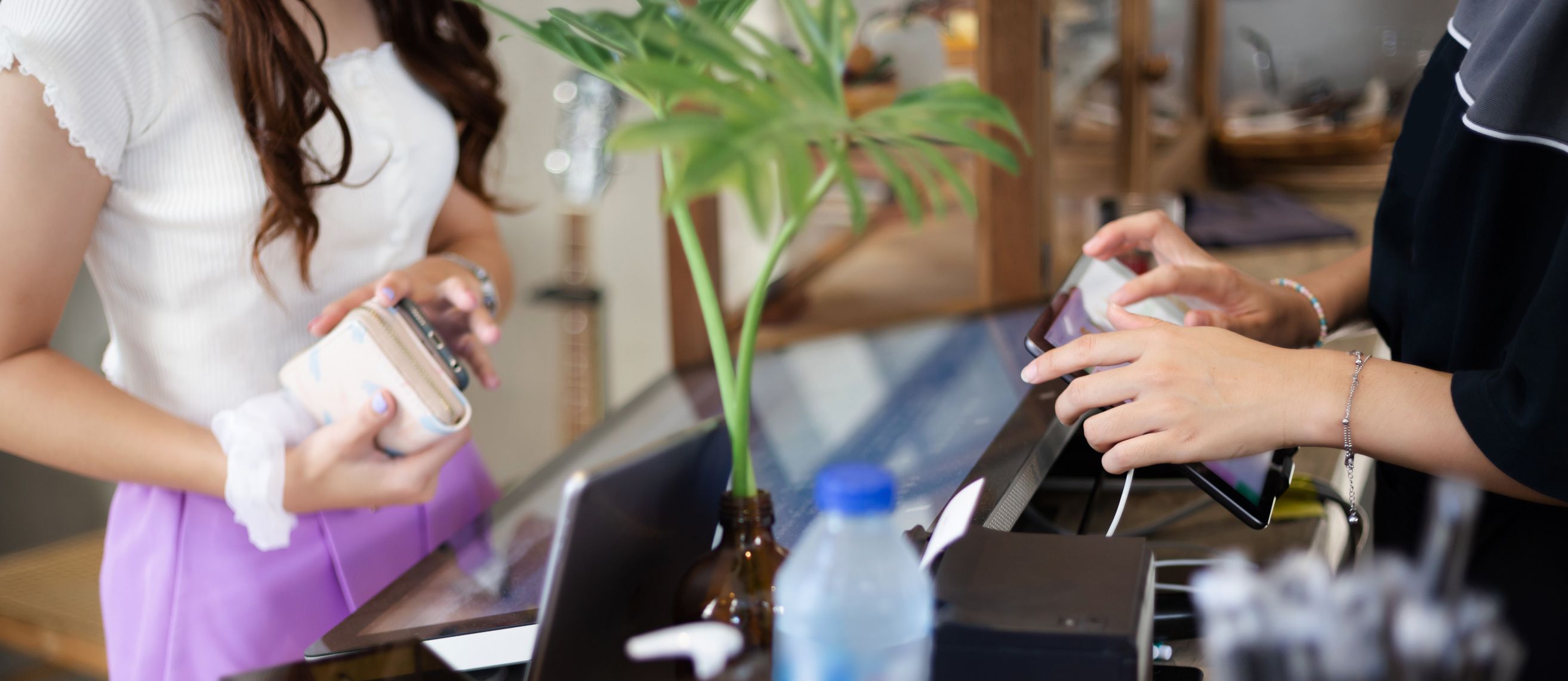
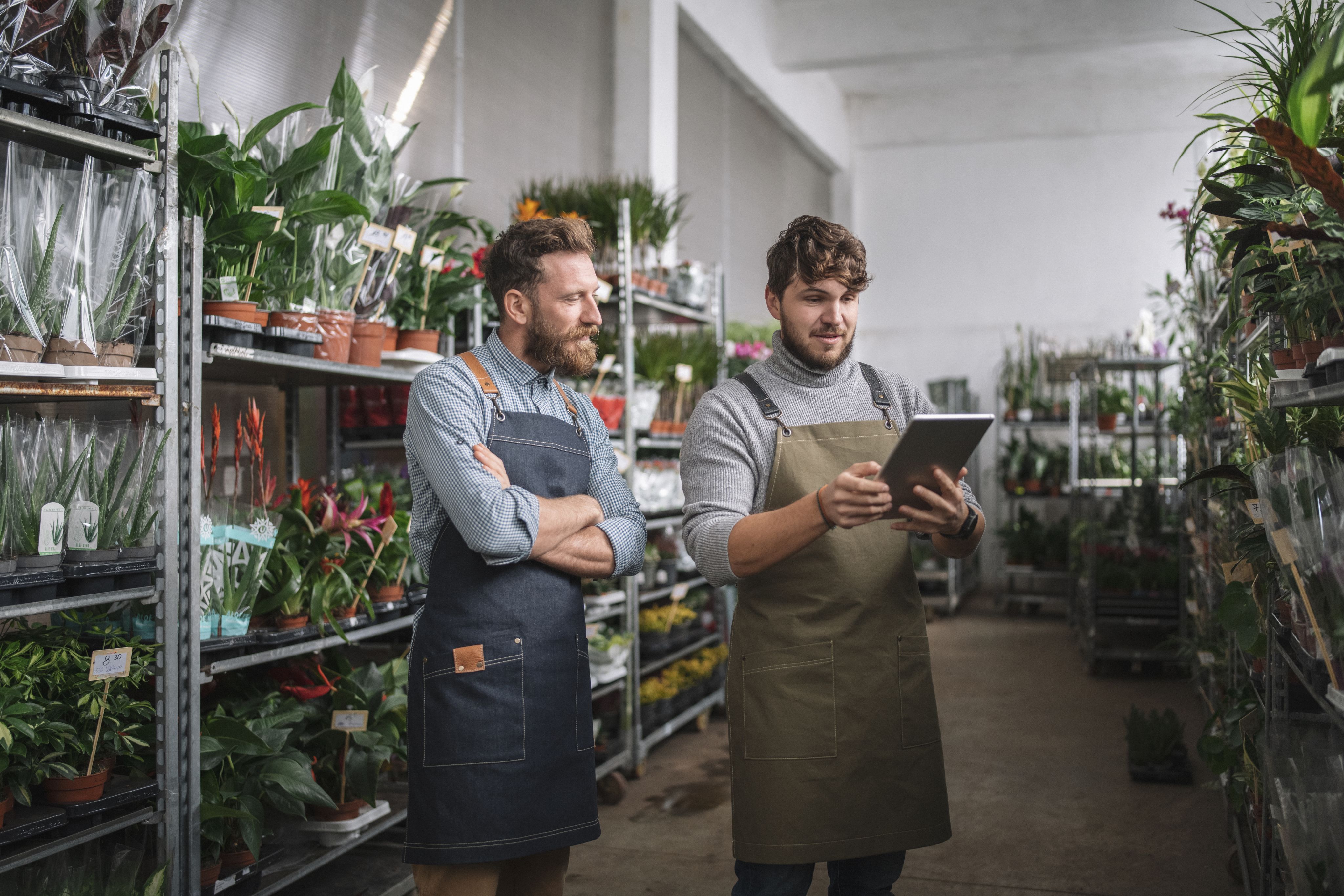
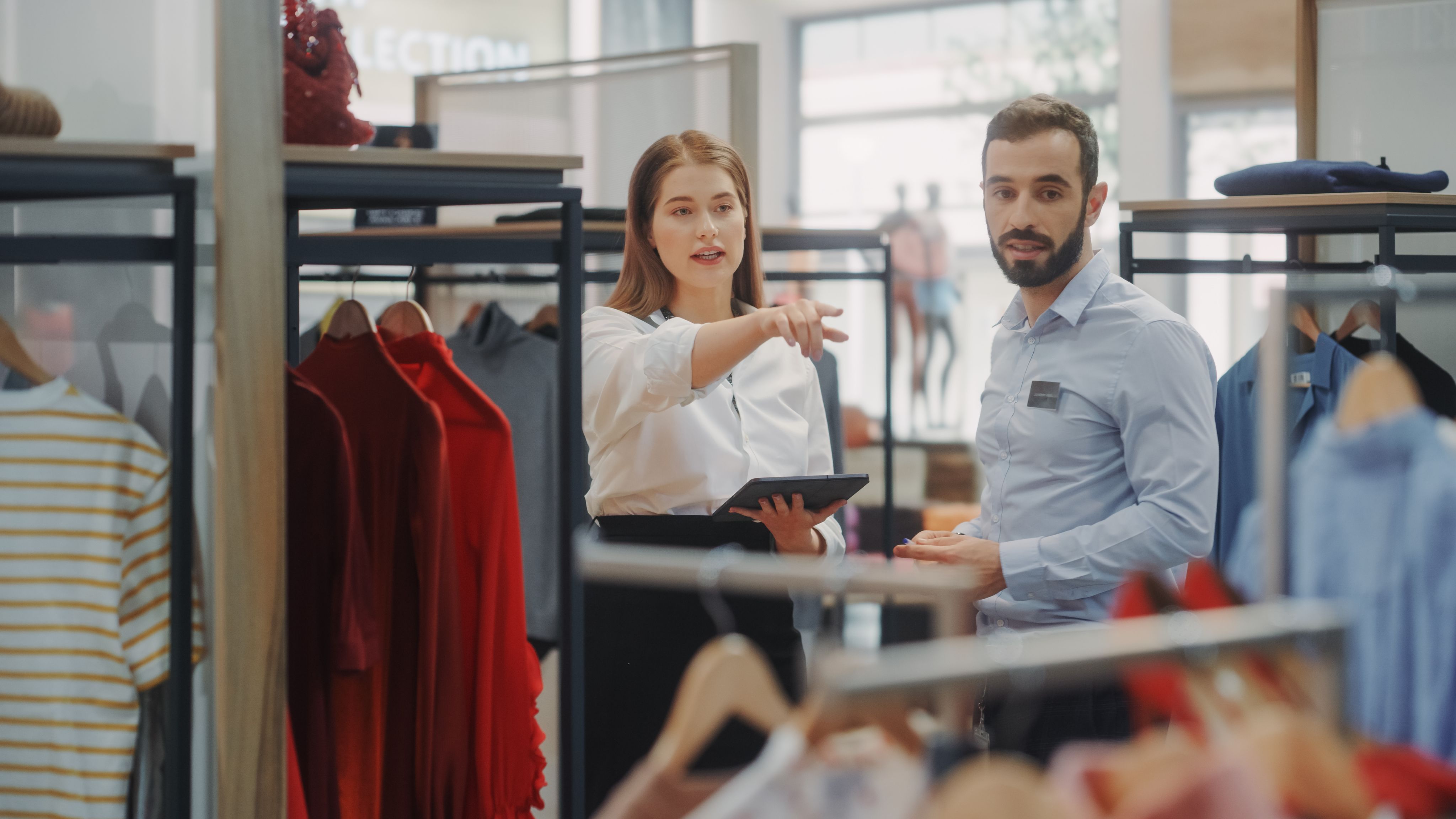



Personalized customer experience
Problem
Transaction-focused store systems hamper efficient personalization by lacking the advanced data analytics, omnichannel integration, and unified view of customer interactions necessary for personalized recommendations, targeted offers, and a cohesive shopping journey.
Do you have the ability to store qualitative preferences (like color and fit preferences) about your customers?
Retailers can drive customer satisfaction and loyalty by understanding their preferences on a deeper level, allowing for tailored product offerings, marketing messages, and a personalized shopping journey. Unlike legacy systems, next-generation POS and clienteling systems store advanced data and analytics, capturing specific details across channels like color and fit preferences or wishlist items. Integrating data from online platforms, mobile apps, and in-store interactions provides a comprehensive view of your customer.
Are you able to provide personalized recommendations and product suggestions to customers based on their preferences and buying patterns at scale?
When a retailer is unable to provide personalized recommendations and product suggestions, it signifies a missed opportunity to enhance the customer experience. Next-gen POS and clienteling systems bridge this gap by capturing and analyzing data from various touchpoints, including online platforms and in-store interactions. This data-driven approach enables retailers to develop a comprehensive understanding of individual preferences and buying patterns. Leveraging this knowledge, retailers can deliver customized product suggestions and targeted offers that perfectly align with each customer's unique preferences.
Does your store have a unified system in place where all teams can access customer information simultaneously?
Relying on scattered sticky notes and binders to store customer data is an outdated approach to clienteling that doesn't meet the demands of the modern retail environment. It hampers efficiency and forces teams to spend valuable time searching for information instead of serving customers. In contrast, a modern clienteling solution provides a unified system where all teams can access the same customer information simultaneously. This eliminates the need for manual data collection and allows every store to have instant access to comprehensive customer profiles for uniform and efficient customer service.
Takeaway
Adopting next-gen POS and clienteling systems with unified access to customer information enables retailers to understand highly-specific customer preferences, provide personal recommendations, and offer a seamless shopping journey that is tailored to each customer at scale.
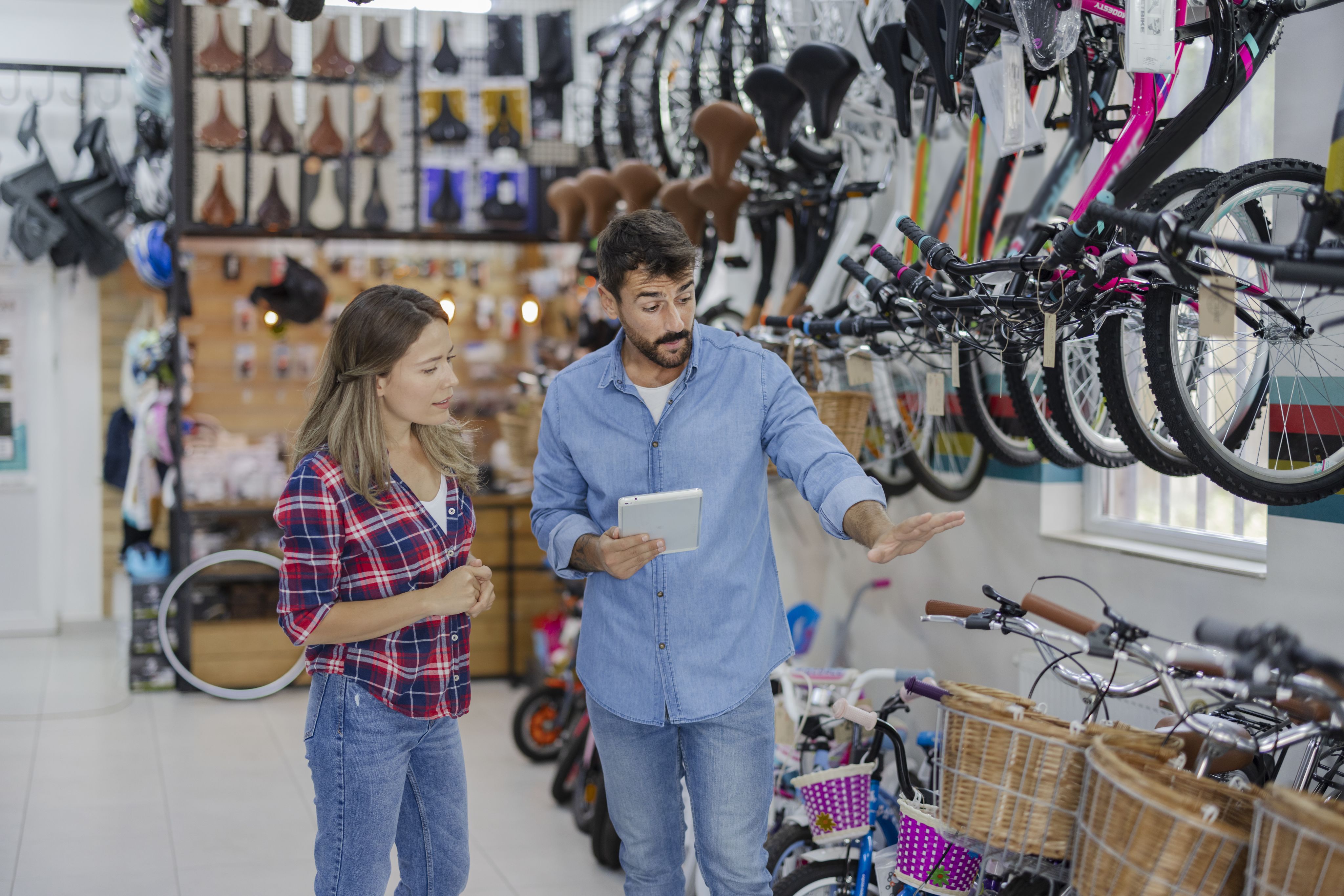
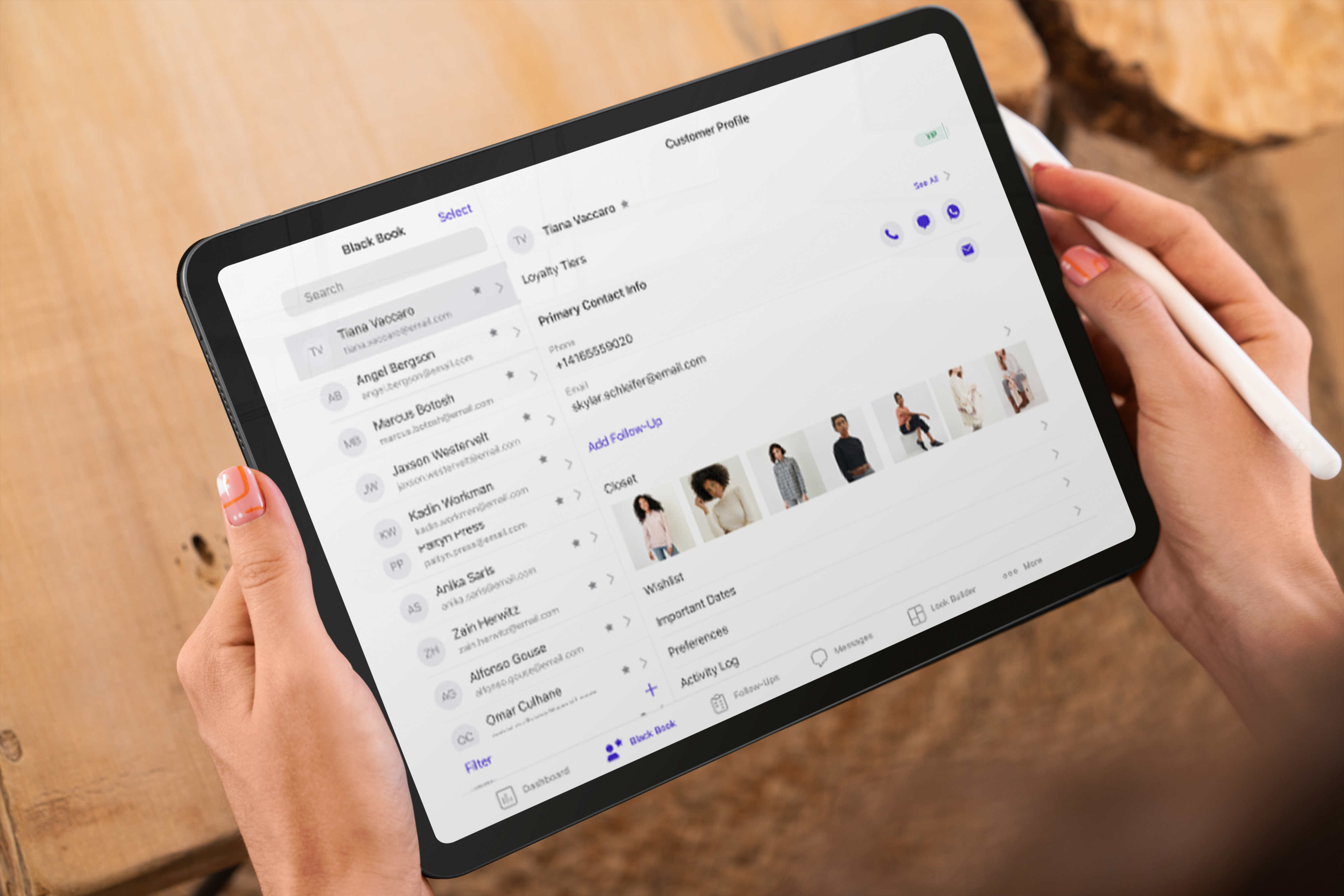
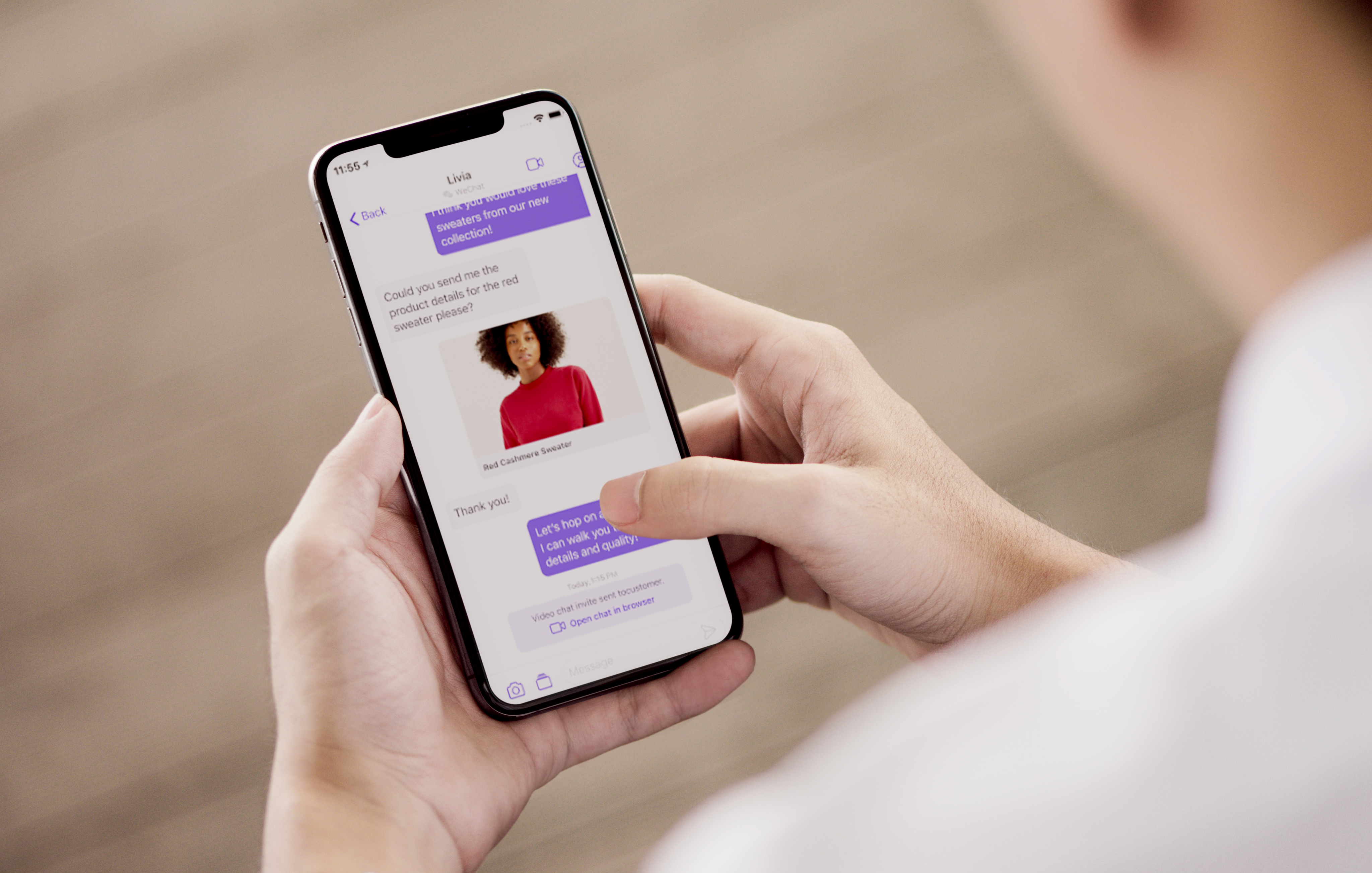
Checkout and transaction experience
Problem
Legacy POS systems lack the necessary flexibility to adapt to retailers' evolving needs at the checkout, leading to a disjointed and unsatisfactory shopping experience for customers.
With your current POS system, can you scale up the number of checkouts during peak hours?
The amount of customers in your store at 2pm on a Tuesday in the middle of April may only require 2-3 checkouts, whereas at 12pm on the first Saturday in December, you may need 8-10 checkouts to accommodate the influx of holiday shoppers. Legacy POS systems often struggle with this level of scaling, especially for retailers limited to a maximum of 4 terminals. However, with next-gen mobile POS units, every associate on the sales floor can function as a checkout point, allowing for seamless expansion of checkouts during peak times. This ensures that your store can efficiently handle the increased number of customers on its busiest days.
Does your current POS system support the latest payment methods, such as mobile wallets or contactless payments?
Picture this: You’re standing at the checkout ready to pay, only to find out that the store doesn't accept your specific credit card, mobile wallet, etc. In today's retail landscape, adapting to evolving customer expectations, especially in payment methods, is crucial. Legacy POS systems struggle to accommodate these changes without friction, but next-gen POS systems make integration as simple as flipping a switch. Businesses can effortlessly turn on or off new payment options, like mobile wallets or contactless payments, ensuring customer satisfaction and competitiveness in the digital marketplace.
Can your POS keep running during a network outage?
Having an offline mode in the POS is vital for retailers as it allows the system to operate even during inevitable network outages. Customers expect a seamless experience, and when the POS becomes inaccessible, it not only frustrates them but also results in missed sales opportunities. By incorporating an offline mode, retailers can continue processing transactions, managing inventory, and providing uninterrupted customer service to ensure the business stays running, even when the network isn’t.
How well does your current POS support and promote upselling and cross-selling opportunities at checkout?
To create a customer-centric checkout experience, it is essential to shift the focus from transaction processing to personalized interactions. Associates should be empowered to make tailored recommendations based on customers' current and previous purchases, as well as their unique preferences. By leveraging clienteling tools integrated into the POS, associates can effectively showcase other relevant products, driving business growth through upselling and cross-selling opportunities.
Takeaway
Next-generation mobile POS units overcome the limitations of legacy systems by facilitating seamless scaling, supporting the latest payment methods, functioning offline, and promoting upselling and cross-selling opportunities.

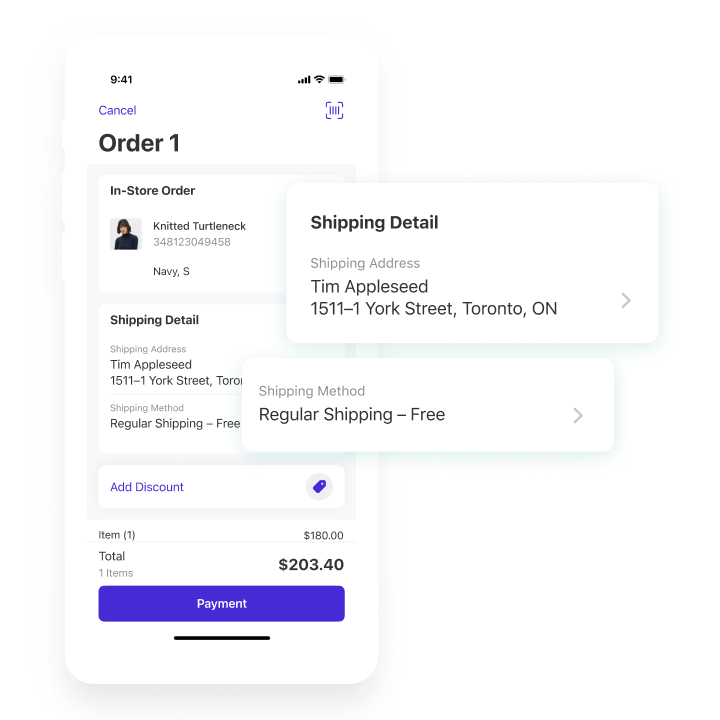

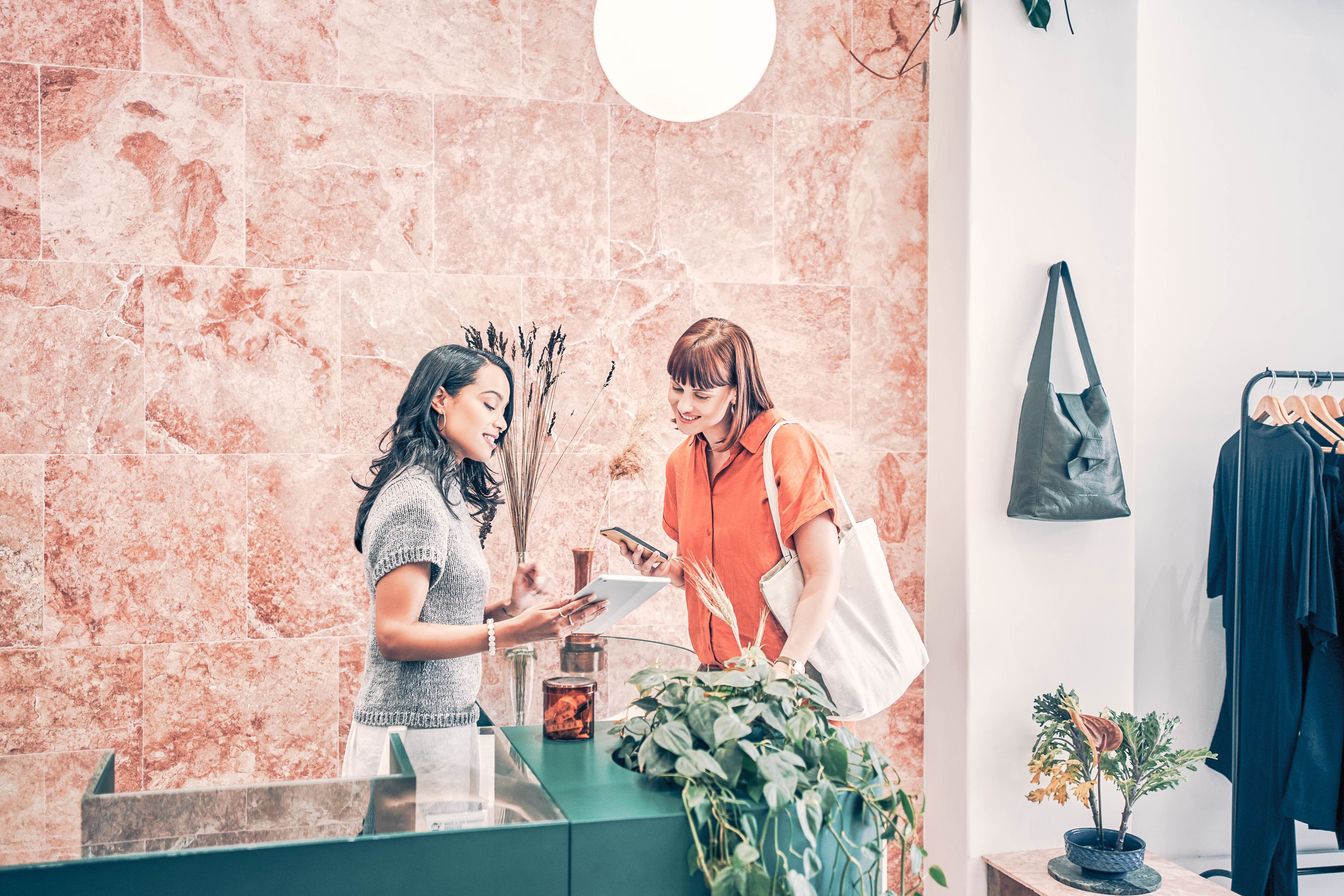
In-store branding and aesthetics
Problem
Legacy POS terminals have an outdated, clunky, and unattractive design that not only undermines the carefully crafted brand environment, but also consumes valuable floor space that could be better utilized for revenue-generating or value-additive activities.
Does your current POS terminal's physical location restrict the flow of your stores?
You devote countless hours to curating the energy and ambiance of your brand and designing your stores to be an immersive environment of those qualities. Unfortunately, most legacy POS terminals fall short when it comes to aligning to this aesthetic, acting as bulky eyesores that disrupt the desired atmosphere. Mobile next-gen POS systems empower retailers to blend functionality with the brand's aesthetic vision. Compact and wire-free, it preserves your store's ambiance while creating a sophisticated customer experience.
Would you feel comfortable showcasing products on your POS to customers?
Your POS system needs to go beyond just facilitating face-to-face interactions with customers. What if a customer wants to see what a shirt looks like in baby blue, an online-exclusive color? Your POS should enable a shoulder-to-shoulder experience where associates can browse through the full-product offerings— including imagery— in the catalog alongside customers, allowing them to scroll through products, styles, or sizes that may not be available in-store. This ensures that the customer remains fully engaged within the store environment, maintaining a cohesive and immersive experience.
Does your current POS terminal’s physical location restrict the flow of your stores?
Each retail square foot has revenue potential, but the physical location of legacy POS terminals significantly impacts the store's flow. Imagine taking payments right from the floor, and never needing to surrender the customer to the dreaded checkout queue. Mobile next-gen POS units provide a solution by occupying only as much space as an associate. This frees up valuable floor space and ensures a flexible store flow that seamlessly accommodates the customer journey, enabling frictionless checkouts throughout the store and effectively reducing long checkout lines as well.
Takeaway
Next-gen POS systems provide interactive experiences through a visual catalog of products, occupy minimal space, and allow for a flexible store layout where customers don't need to line up at the till.
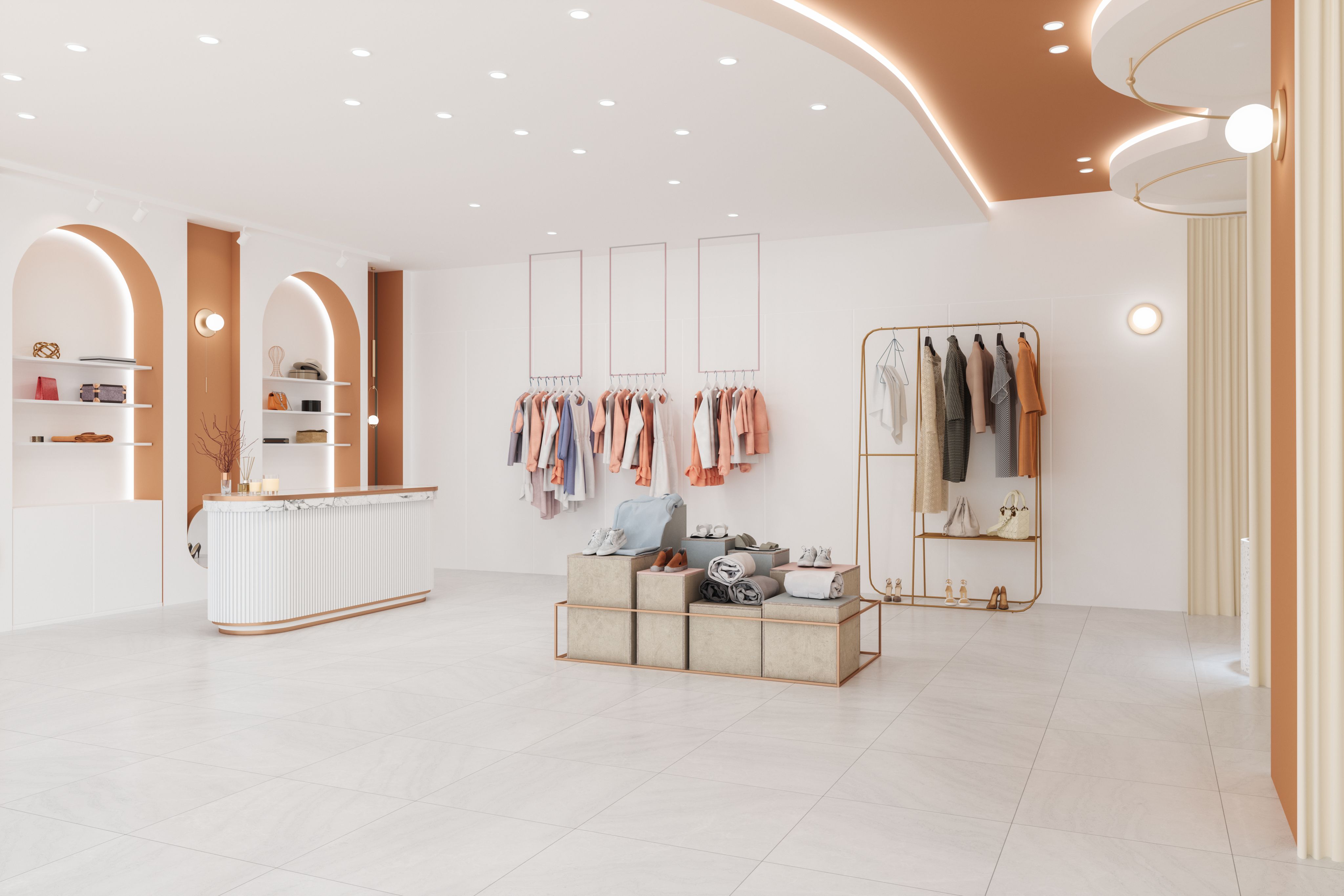
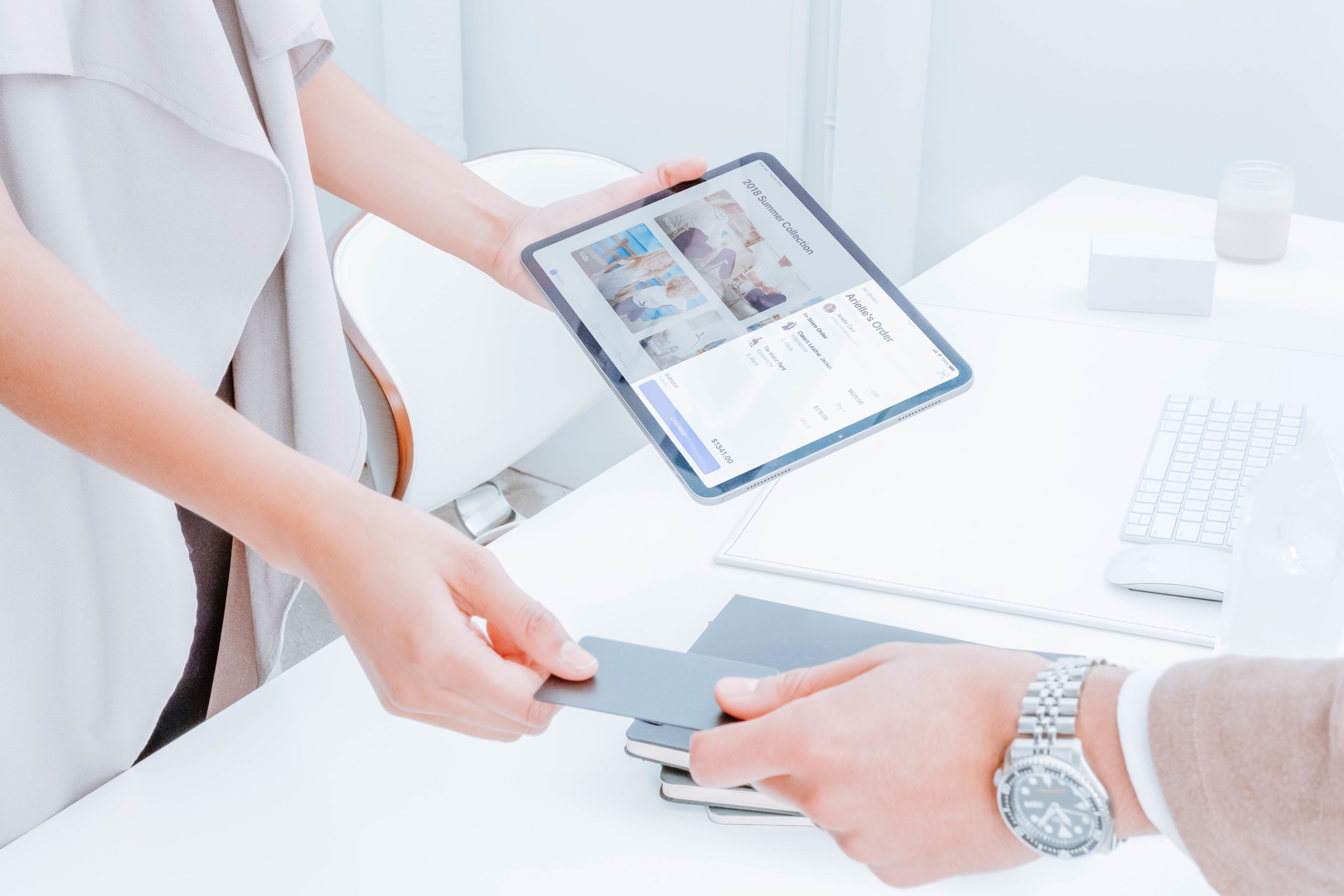
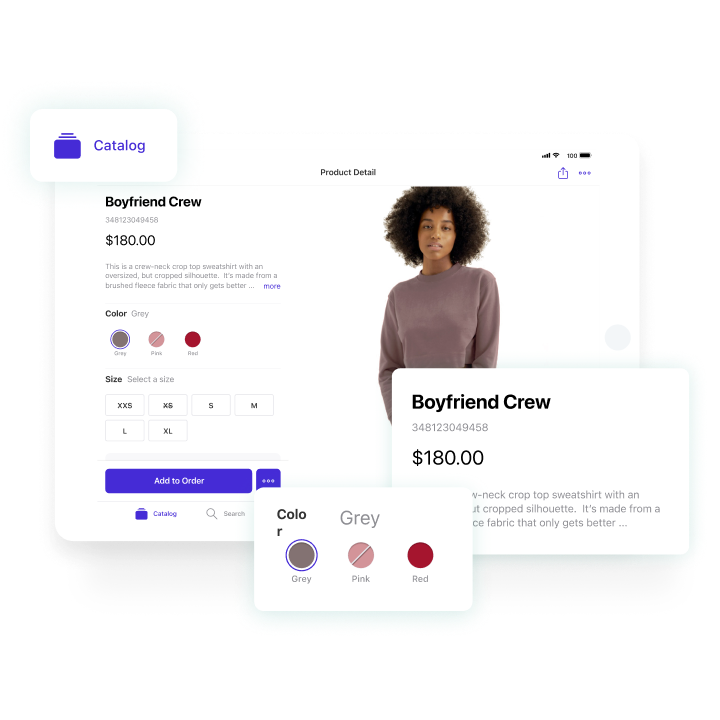
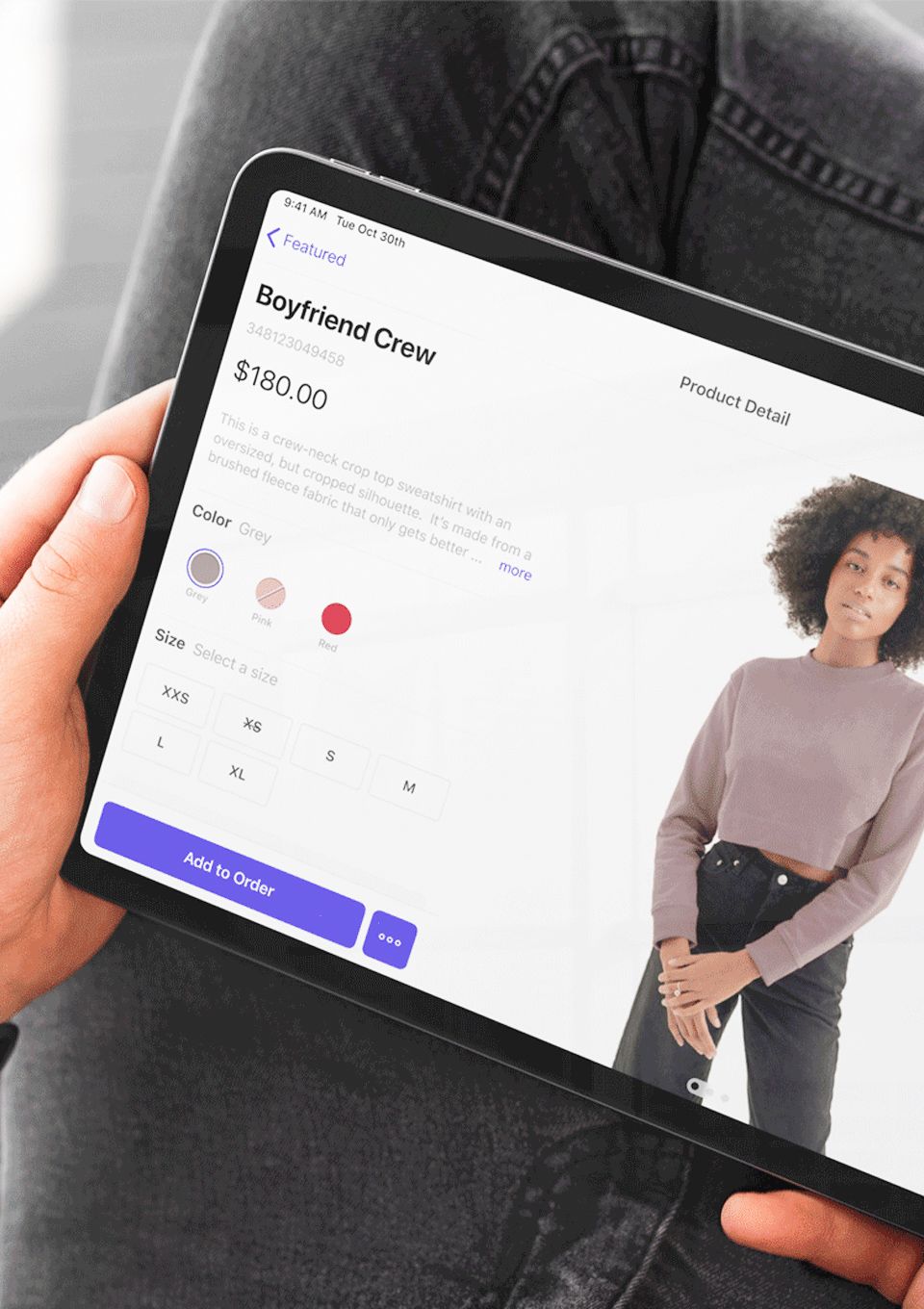
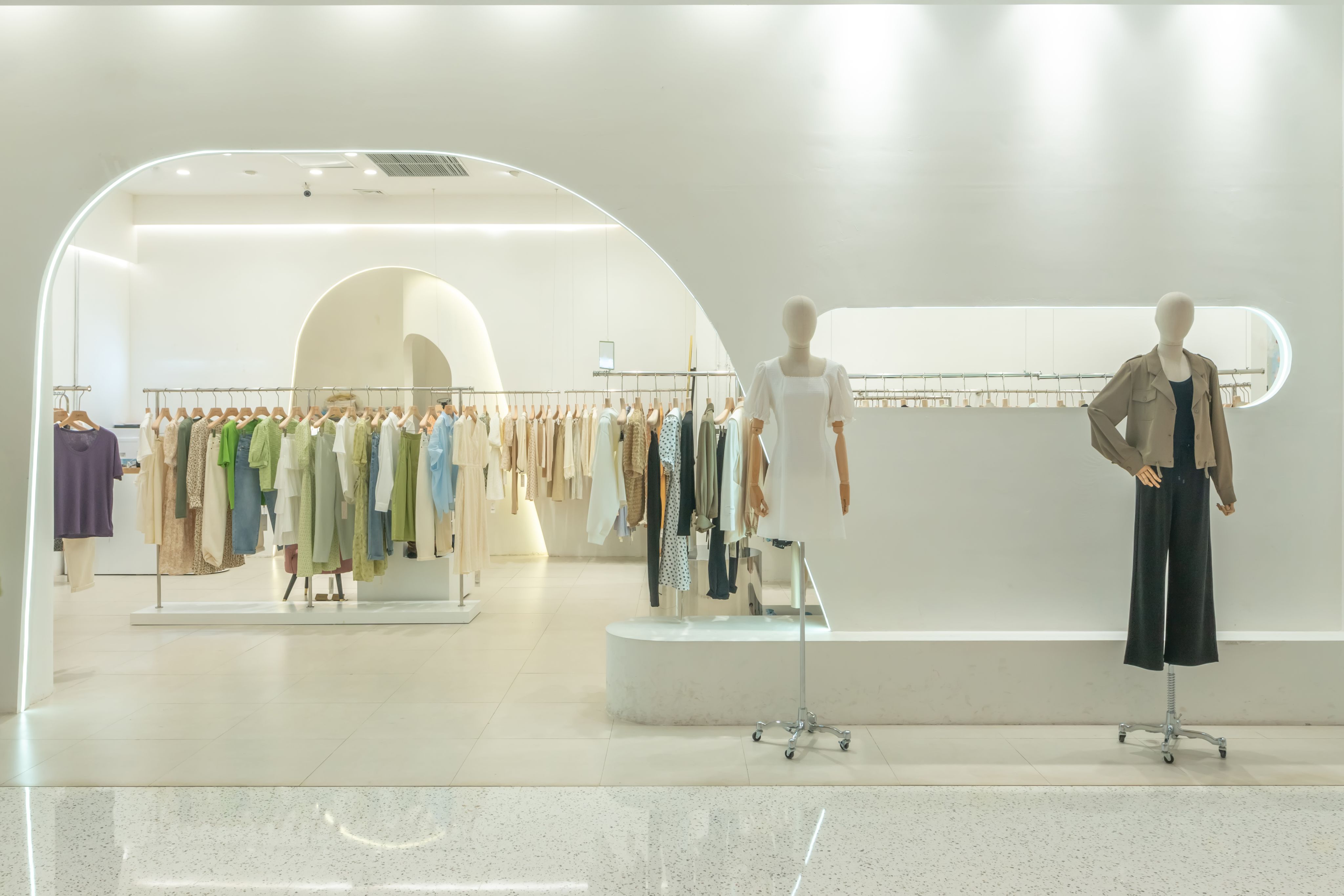
Personalized customer communications
Problem
Retailers need efficient ways to send personalized omnichannel communications to their customers, track engagement, and predictably drive foot traffic and make sales, but outdated clienteling practices and legacy POS systems create significant hurdles in achieving these goals.
Are you able to send highly-personalized messages at scale based on customers’ unique preferences?
Consumers expect personalized, one-on-one communication from retailers rather than being treated as part of a segmented list. This poses a challenge for retailers who aim to utilize automation to engage at scale, but automation isn’t the problem, coming off as automation is. Leveraging modern digital clienteling tools enable retailers to send highly personalized messages en masse, effortlessly incorporating intricate segmentations based on specific preferences such as a love for red, polka-dot patterns, or cotton-blend materials, bridging the gap between automation and genuine personalization.
Are your store associates able to communicate with your customers using the medium they prefer?
In the past, sending catalogs through traditional mail might have sufficed to attract customers to physical stores. Nowadays, customers expect personalized communication through more modern, and most importantly, preferred channels, such as email, SMS, phone, live video, and popular social messaging platforms like Whatsapp or WeChat. To maintain a competitive edge, retailers need to go beyond catering to current communication preferences and proactively anticipate and predict future shifts in customer needs and preferences to effectively engage customers and align with evolving expectations.
Can you track customer outreaches across multiple channels (in-store, online, social media, etc.) and credit associates for their role in making cross-channel sales?
Tracking customer outreaches across channels is crucial for quantifying productivity, engagement, and crediting associates for cross-channel sales. By leveraging next-generation POS and modern clienteling systems that enable comprehensive tracking, retailers can ensure that associates are rightfully credited for their role in influencing sales across various channels. This approach allows associates to shift their focus towards developing meaningful relationships with customers, building their business, and delivering personalized experiences, rather than solely racing to close as many sales as possible.
Can you easily track and manage customer appointments and reservations?
Having a centralized view of customer appointment schedules allows for efficient preparation, ensuring the availability of necessary products, rooms, and staff when customers arrive, even when the appointment setter isn’t present. Modern clienteling systems make this easy by attaching notes and customer profiles to the appointment so that store teams know exactly who and what to expect. Additionally, it’s important to have mechanisms in place to track no-show or rescheduled appointments so that associates receive proper credit for their behind the scenes efforts to bring customers into the store.
Takeaway
Embracing modern digital clienteling tools, proactively anticipating customer preference shifts, and leveraging advanced POS systems to track, manage, and credit cross-channel interactions efficiently, empowers retailers to overcome obstacles in personalized omnichannel communication, engagement, and sales, while building customer loyalty and nurturing strong relationships.

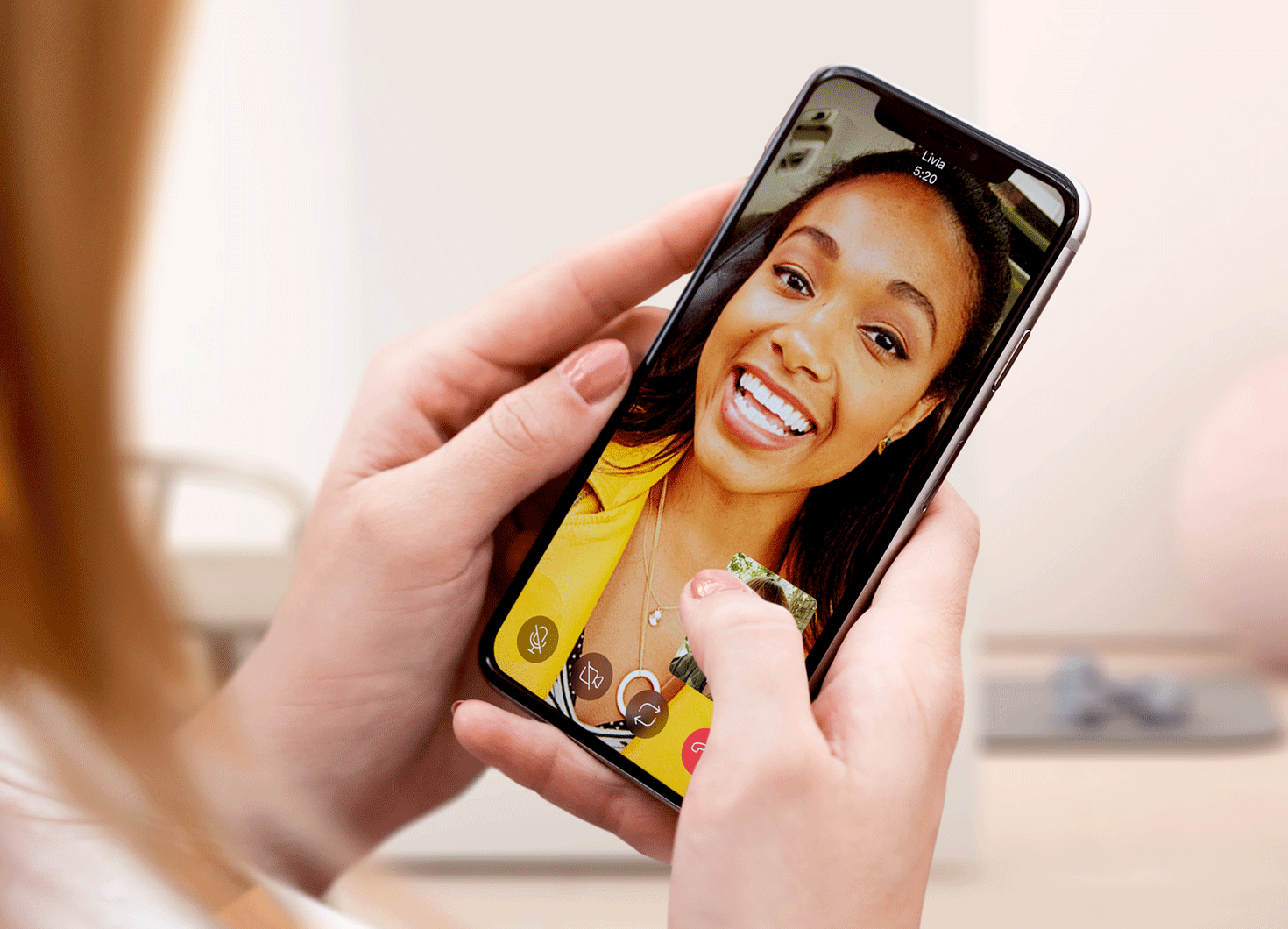
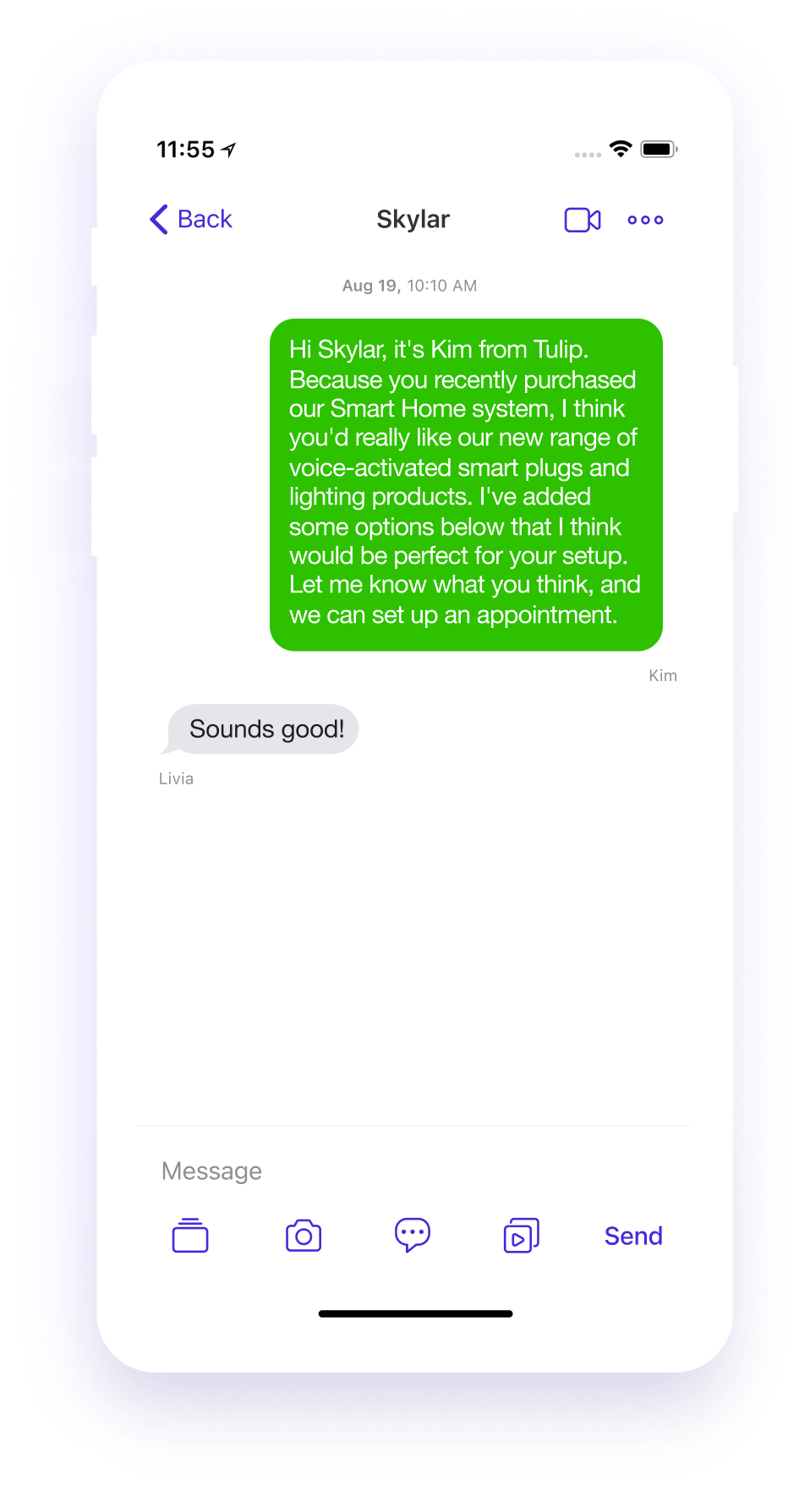
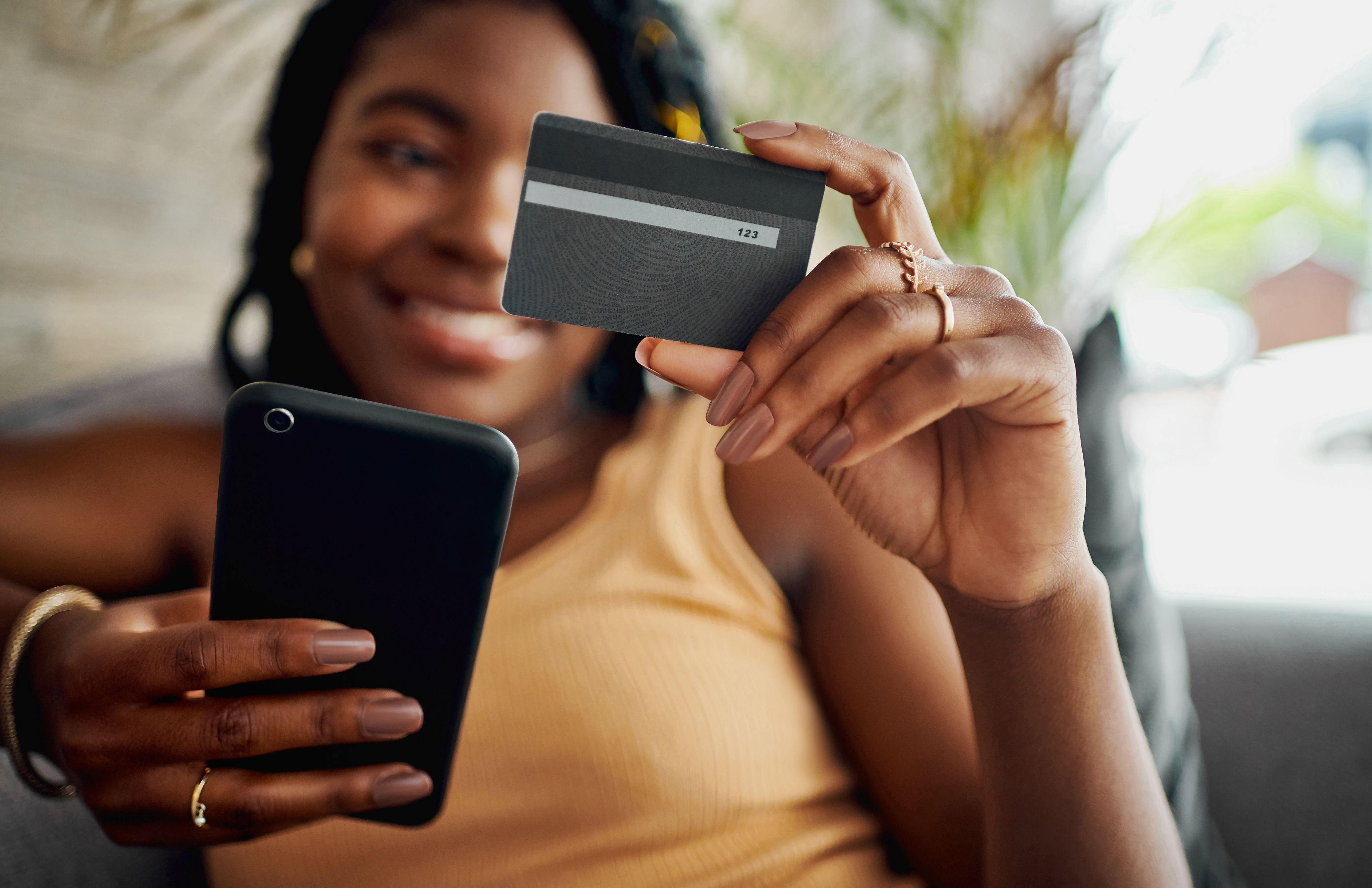
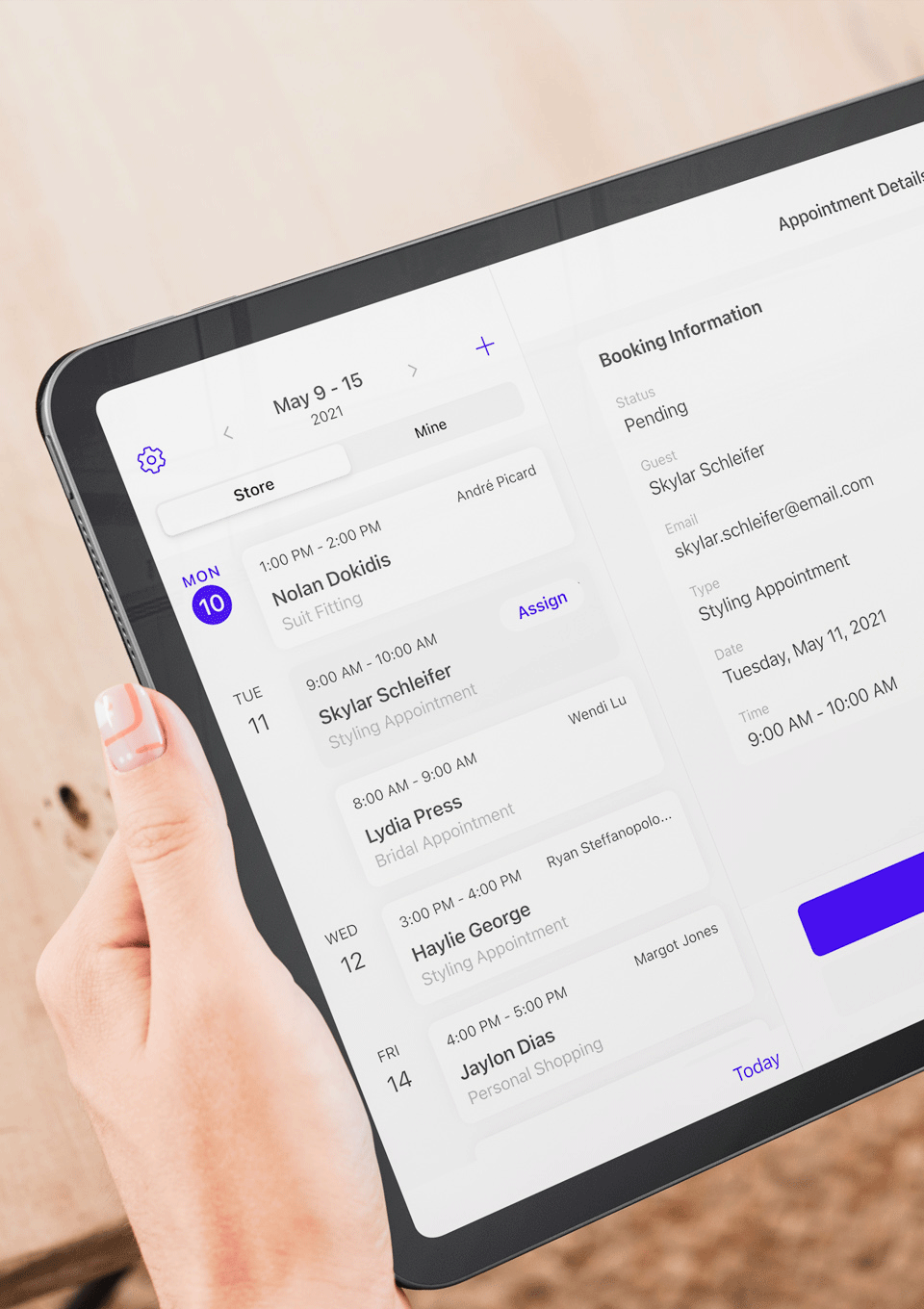
Omnichannel fulfillment
Problem
On their quest to provide seamless omnichannel experiences, retailers must navigate escalating expectations and relentless competition from giants like Amazon, all while struggling with siloed channels that make it difficult to combine the different fulfillment options customers have come to expect.
Does your current POS give you real-time full visibility to your inventory across your brand?
Retailers must be able to sell items even when they aren’t in-store. Real-time visibility of inventory across the brand is crucial, allowing store associates to know where items are located and sell them from the sales floor for pickup at another location or delivery. Leveraging a next-gen POS system with an "endless aisle" feature, provides full visibility to products and their specifications across the brand, regardless of physical location. This empowers retailers to bridge the gap between physical and online inventory.
Can your current POS system handle omnichannel fulfillment operations seamlessly?
As the demand for various fulfillment options— such as buy-online-pickup-in-store (BOPIS), buy-online-return-in-store (BORIS), or buy in-store ship to home to name a few— continues to rise, it becomes increasingly crucial for stores to operate as multifunctional fulfillment centers. To meet customer expectations, stores must equip their associates with next-generation technologies, such as mobile POS units, that empower them to effortlessly execute the new functions and navigate the evolving landscape of omnichannel retail, providing customers with frictionless experiences no matter how they shop.
Takeaway
While replicating the "Amazon experience" may be unattainable for many retailers, the ultimate goal should be to strive for a state of totally unified commerce, where all aspects of store operations are seamlessly interconnected, creating a frictionless experience for both customers and store teams.

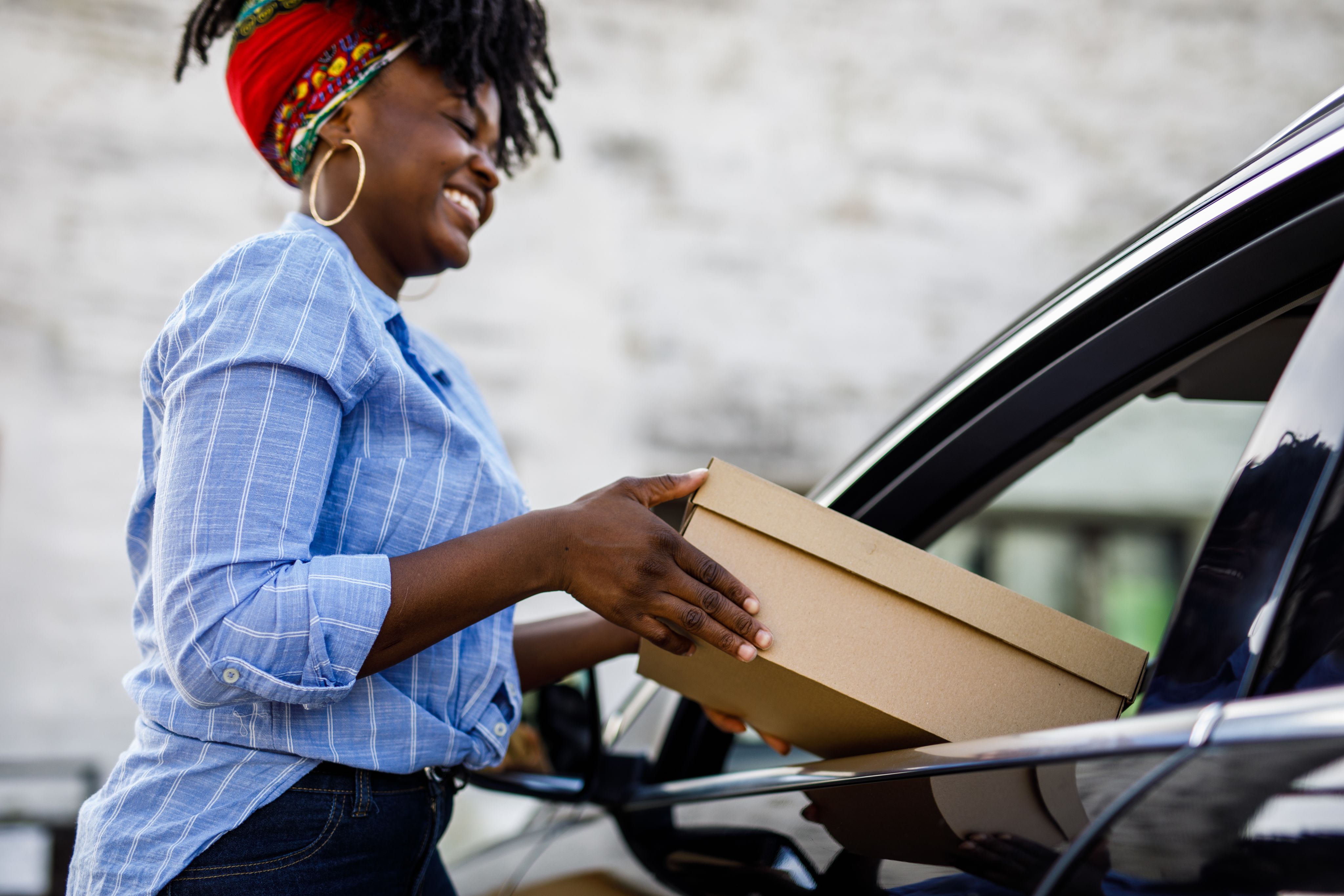
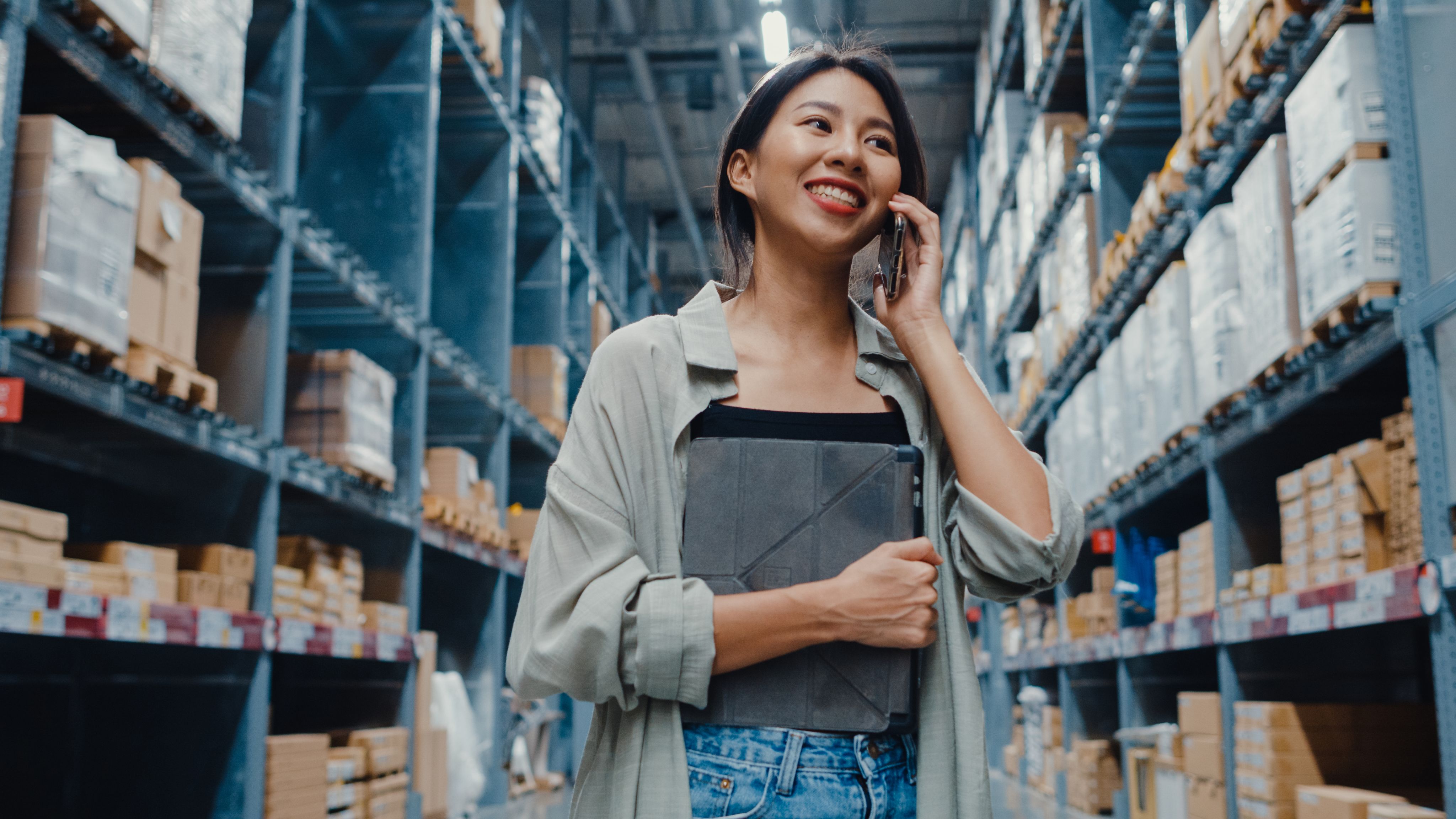
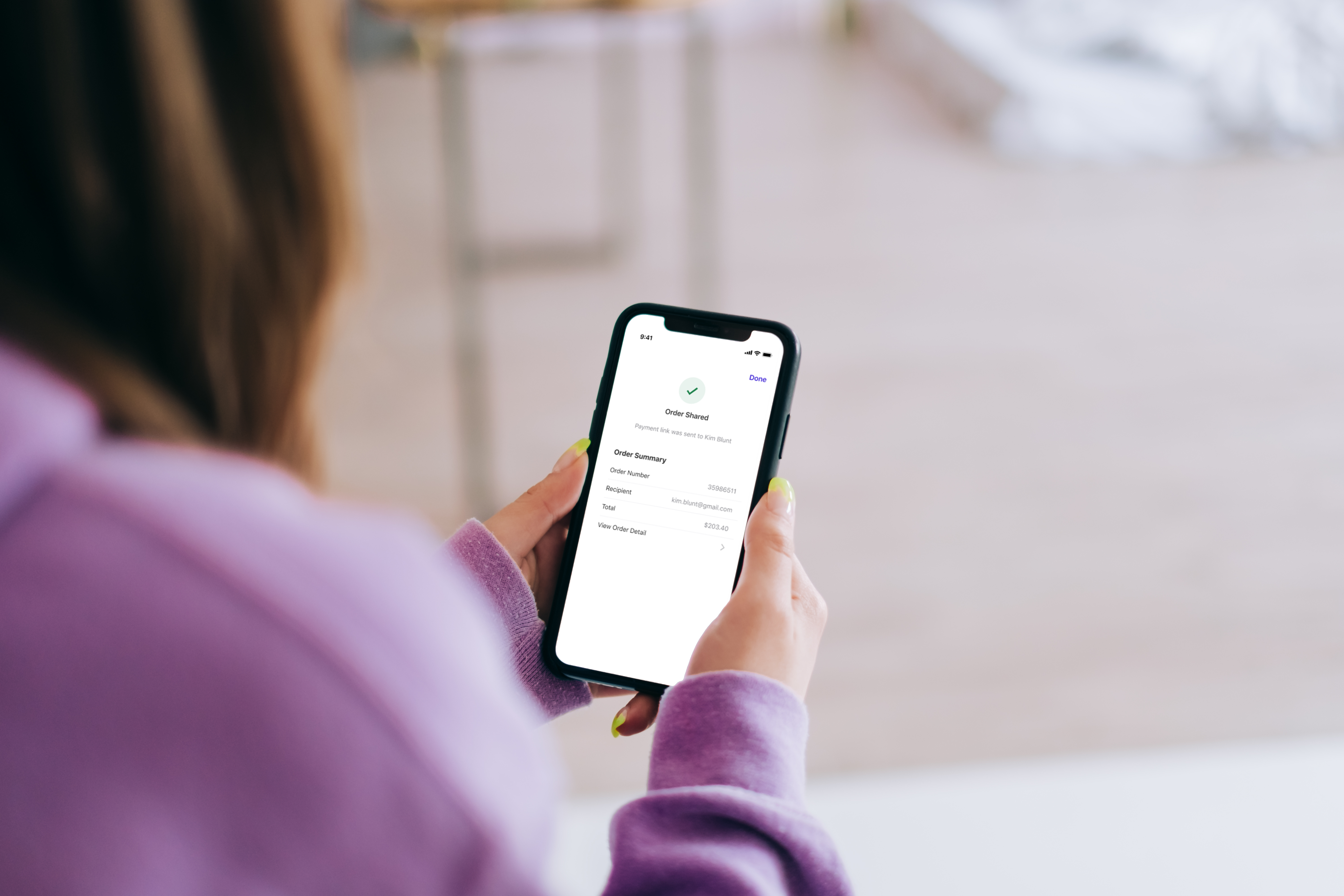
Real-time data and insights
Problem
The time-consuming nature of generating retail store reports causes store teams to only run them occasionally, resulting in outdated information that is of no use in the fast-paced industry highlighting the need for a solution that enables real-time access to accurate data for timely decision-making.
Can you access real-time store data (including associate outreach, sales metrics, inventory information) and generate real-time sales reports and analytics from your current POS system?
The break-neck retail environment demands instant access to real-time sales reports in order to stay competitive and adapt to market dynamics. Legacy POS systems often require a complex series of hoops just to access sales data, causing delays and hindering strategic decision-making. Next-gen POS systems simplify this process by offering real-time sales metrics, associate outreach, and inventory information in intuitive visual formats with just a tap of a finger. This immediate access ensures that retailers are equipped with the most current data at all times in order to make informed decisions on the spot.
Are your store associates able to easily check real-time reports to track their performance against their sales targets?
Associates need to be self-driven and take ownership of their performance, so it’s crucial to equip them to track their progress against sales targets. Depending solely on managers for periodic progress reports can be inefficient and hinder timely improvement. With next-gen mobile POS technology, associates gain access to their current sales numbers and targets, empowering them to periodically monitor their performance, strategically adjust their approach, and assume responsibility for driving their business towards meeting their targets.
Are you able to access and manage your POS system remotely, such as through a mobile app?
Having the ability to access and manage the POS system remotely, such as through a mobile app, provides retailers with uninterrupted, anytime, anywhere access to data and reporting which enables them to stay connected and informed even when they are away from the physical store location. Whether they are attending meetings, traveling, or simply off-site, retailers can maintain a pulse on their business operations allowing them to seize strategic opportunities as they arise, and make real-time decisions based on sales, inventory, and other crucial metrics.
Takeaway
Mobile, next-gen POS solutions offer on-the-spot access to real-time data and insights from anywhere, empowering retailers and store teams to make timely and strategic decisions, adapt to market dynamics, and drive business success.
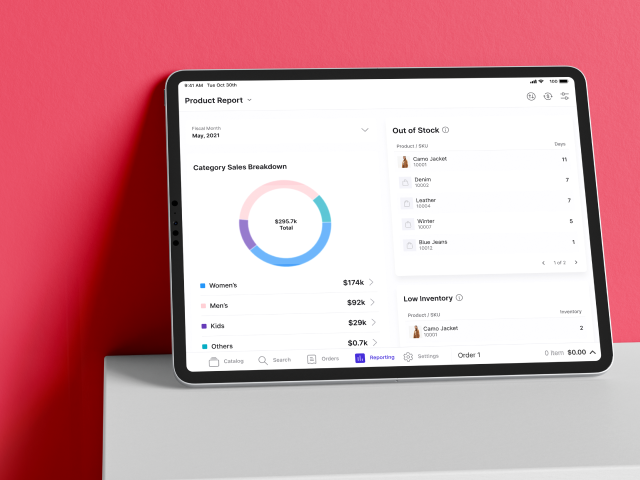
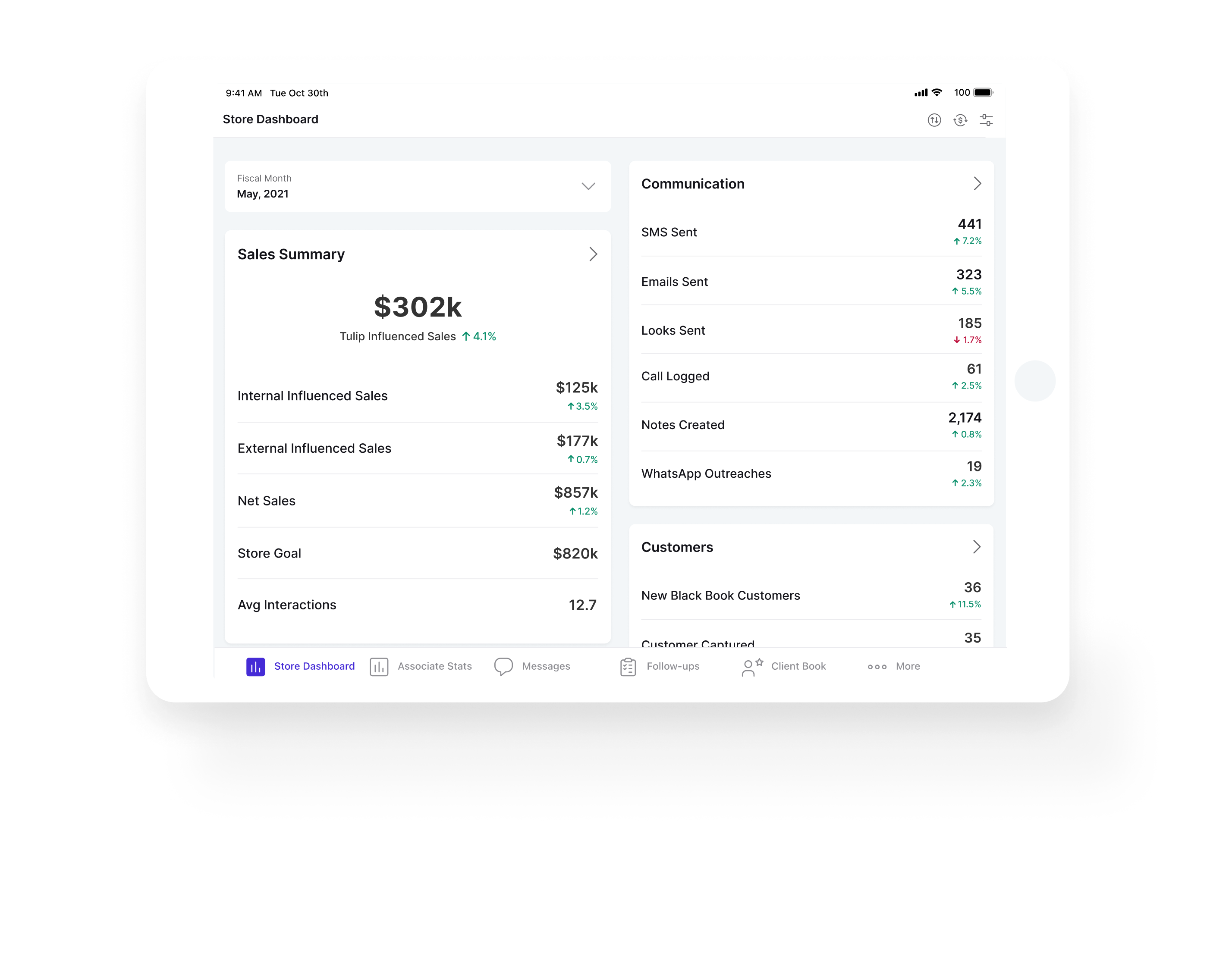
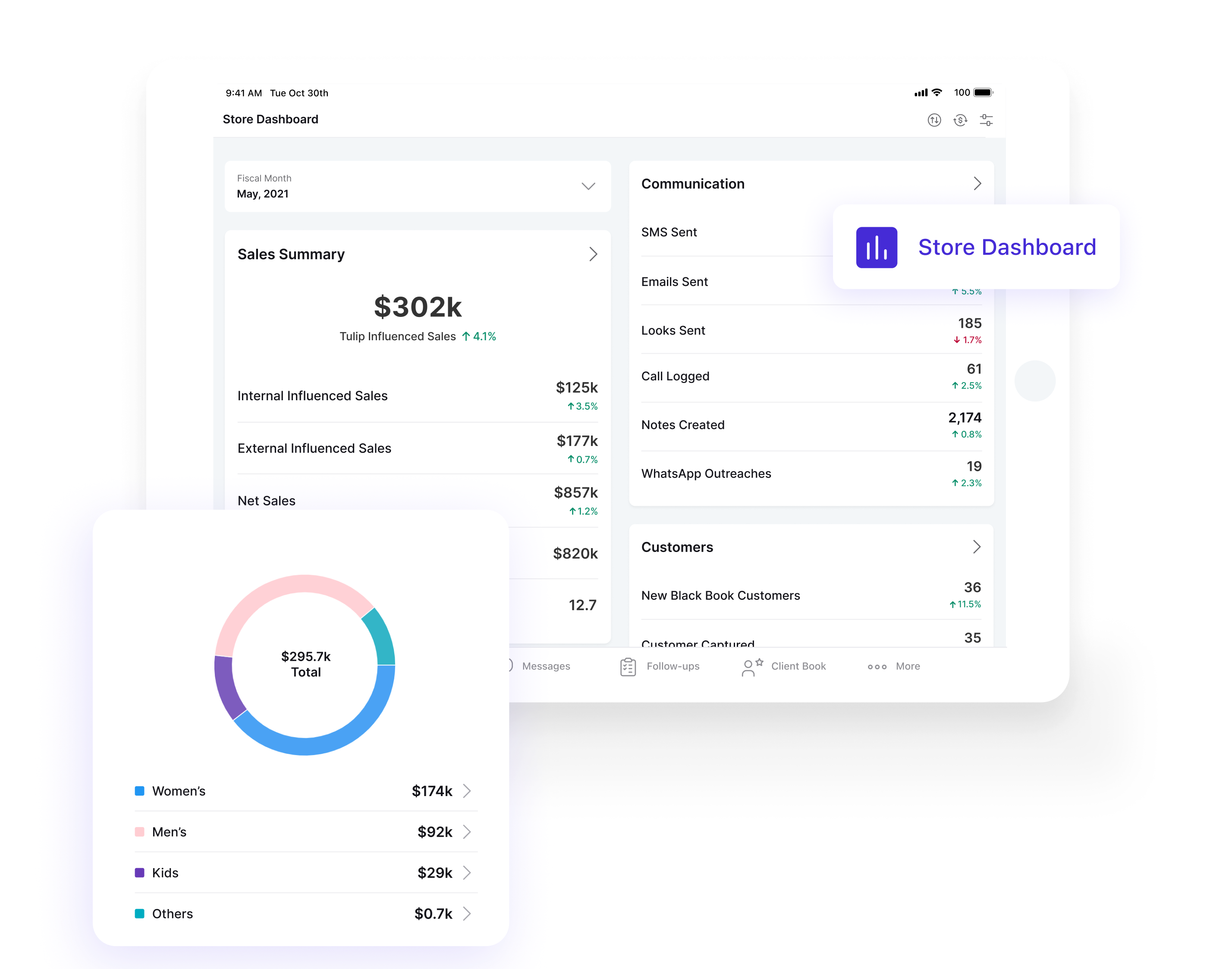

Something to chew on
Implementing the right technology is vital for retailers seeking to enhance in-store customer experiences and stay competitive in the ever-changing retail landscape. By periodically and thoroughly reviewing their in-store systems, retailers can uncover valuable insights and opportunities for improvement.
From personalized customer experiences and communications to seamless checkout processes, in-store branding, and efficient omnichannel fulfillment and real-time reporting, adopting next-gen POS systems and clienteling tools empowers retailers to create lasting customer relationships and foster brand loyalty.
By embracing modern technologies and continually optimizing their software systems, retailers can transform their operations into customer-centric powerhouses, delivering exceptional experiences that keep customers coming back.
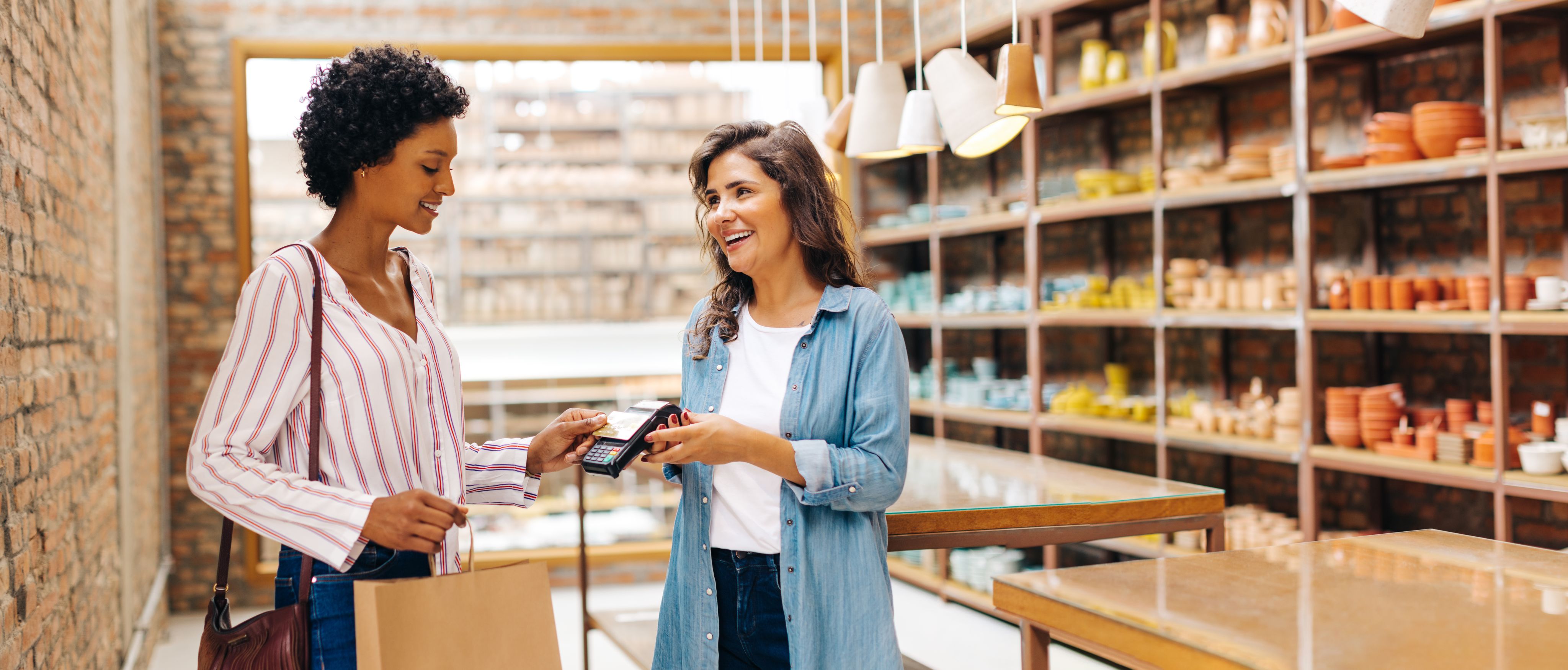

About
Tulip provides a suite of cloud-based solutions that let retailers overcome industry challenges and set a new standard for omnichannel commerce. Partnered with Apple and Salesforce, Tulip equips sophisticated retailers to build connections with customers, fulfill orders, checkout purchases, and optimize operations in order to create the end-to-end experience modern customers expect. Leading retailers like Mulberry, Saks Fifth Avenue, Kendra Scott, Kate Spade, COACH, and Michael Kors use Tulip to elevate the shopping experience, increase sales, and improve customer service across channels.